Affiliate disclosure: This post may contain affiliate links. Please see our Privacy Policy.
Shade-tolerant fruiting plants can be hard to find, but there are still quite a few fruits that grow in shade, whether part shade or full shade. Don’t give up on homegrown fruit just because you have a shady yard! Try these shade-tolerant fruits, and you’ll fill your basket in no time.

Table of Contents
- Fruits That Grow in Shade
- Blackberries
- Blueberries – Lowbush
- Cherries – Sour or Tart Only!
- Chokecherries
- Currants – Black, Red, and White
- Elderberry
- Fig Trees
- Gooseberries
- Hardy Kiwi
- Juneberries (Saskatoons)
- Lingonberries
- Loquat Trees
- Mulberry Trees
- Muscadine Grapes
- Nannyberry
- Partridgeberry
- Pawpaw
- Pears
- Plums
- Quince
- Raspberries
- Rhubarb
- Salmonberry
- Strawberries, Alpine
- Thimbleberry
- Wintergreen (teaberry)
- Permaculture Guides
Fruits that grow in shade are more common than you think, and while most grocery store fruits require full sun to thrive, these unique (and delicious) fruits grow in shade. All of them are perennial, which means they’ll come back year after year.
You may feel frustrated by the lack of sunlight on your property and feel as if you cannot grow the fruits you want. However, despite what you may think, properties with partial shade still have the ability to produce plenty of homegrown perennial fruit plants.
Growing perennial fruits is a passion of mine. Perennial plants, whether you grow fruits, vegetables, or herbs, mean that you only have to plant them one time. That reduces your work each spring when the gardening season arrives again. All you have to do is plant these fruit-bearing plants once, and you’ll eventually harvest fruit from that shady part of your yard for a lifetime.
I’m always on the lookout for low-maintenance, fruiting plants to add to our permaculture homestead. I prefer adding plants that I only need to plant once, and then I can ignore them for years to come. All I have to do is harvest a few times per year and let them thrive in their places, fertilizing every now and then.
Not all fruits grow in shady locations, so if you’re looking for some new options, here are some fruit-bearing plants to consider growing.
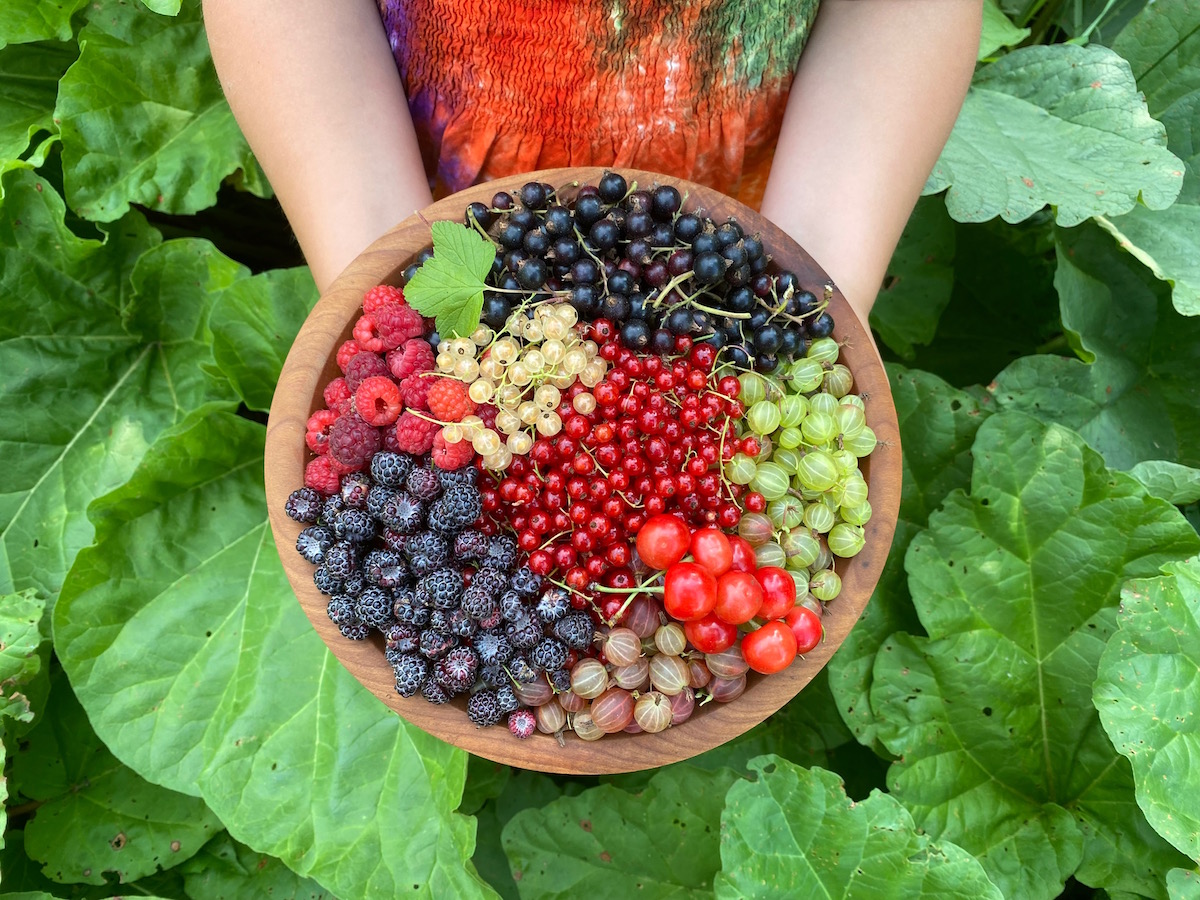
Fruits That Grow in Shade
Greens are one thing, but what about sweet berries that just tend themselves in the shady corner of the yard?
Blackberries
I remember going to my grandmother’s house when I was young, and my cousins and I would pick blackberries grown in the woods behind her home. The bushes grew on the edges of the woods in an area with plenty of shade. We ate the blackberries with bowls of milk and sugar – so delicious.
Blackberries produce fruits in areas with shade. More sunlight leads to more fruit, but if you plant the bushes in an area with partial shade, you’ll still end up with plenty of fruits.
Blackberries are easy to preserve, and you can use them to make blackberry jam and blackberry jelly, as well as pies, smoothies, and so many other delicious recipes. They freeze well too.
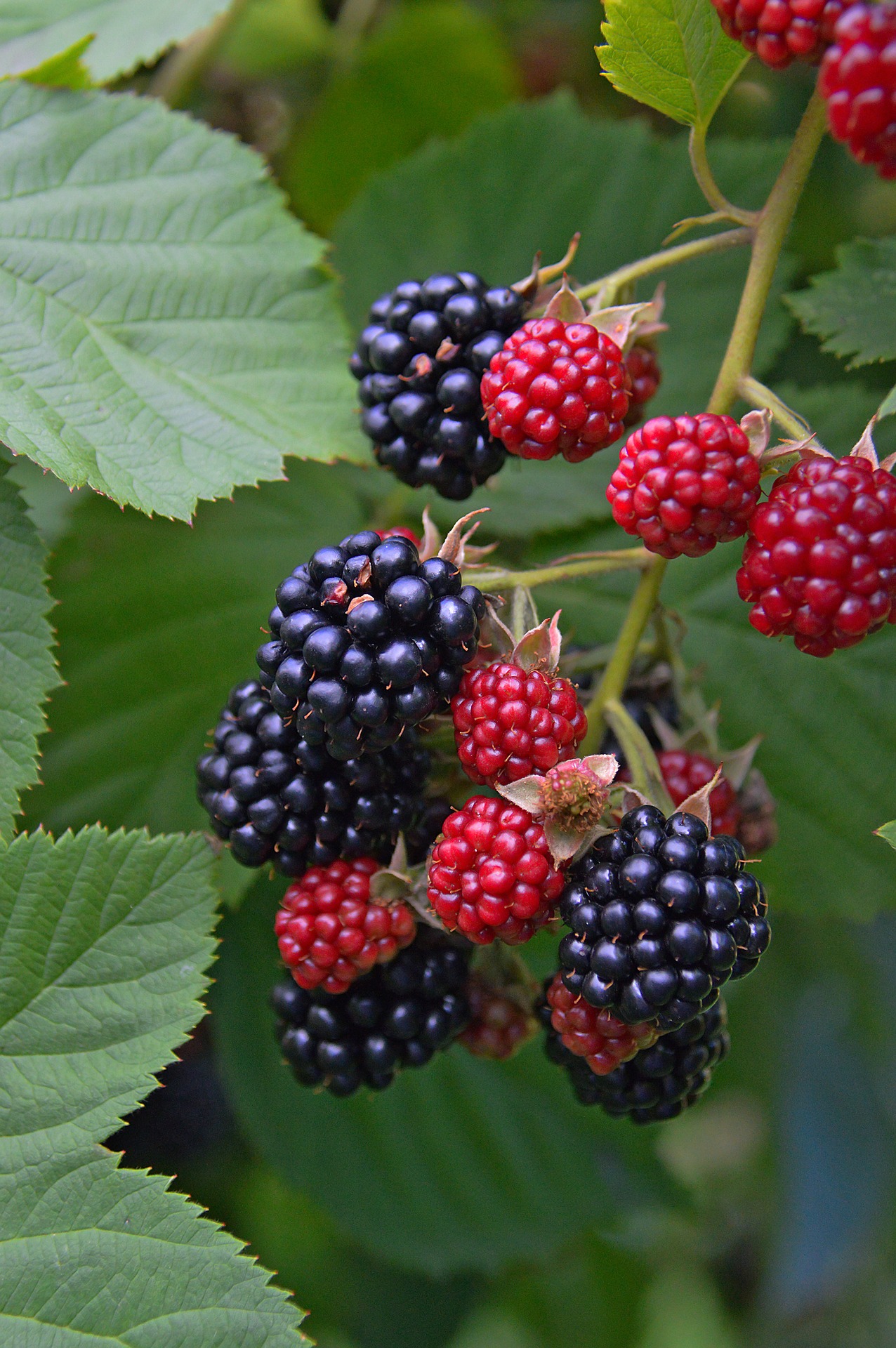
Blueberries – Lowbush
Most gardeners grow highbush blueberries in their garden, but lowbush blueberries – often called wild blueberries – are different. This variety typically grows in the wild, which is why it is more shade tolerant than other varieties.
Lowbush blueberries grow in the shade under vegetation. The bushes are typically 6 to 24 inches high and grow best in acidic, loamy soil. Make sure you grow the plants in rich, organic matter that you fertilize regularly. These blueberry bushes are heavy feeders, producing fruits in mid to late summer.
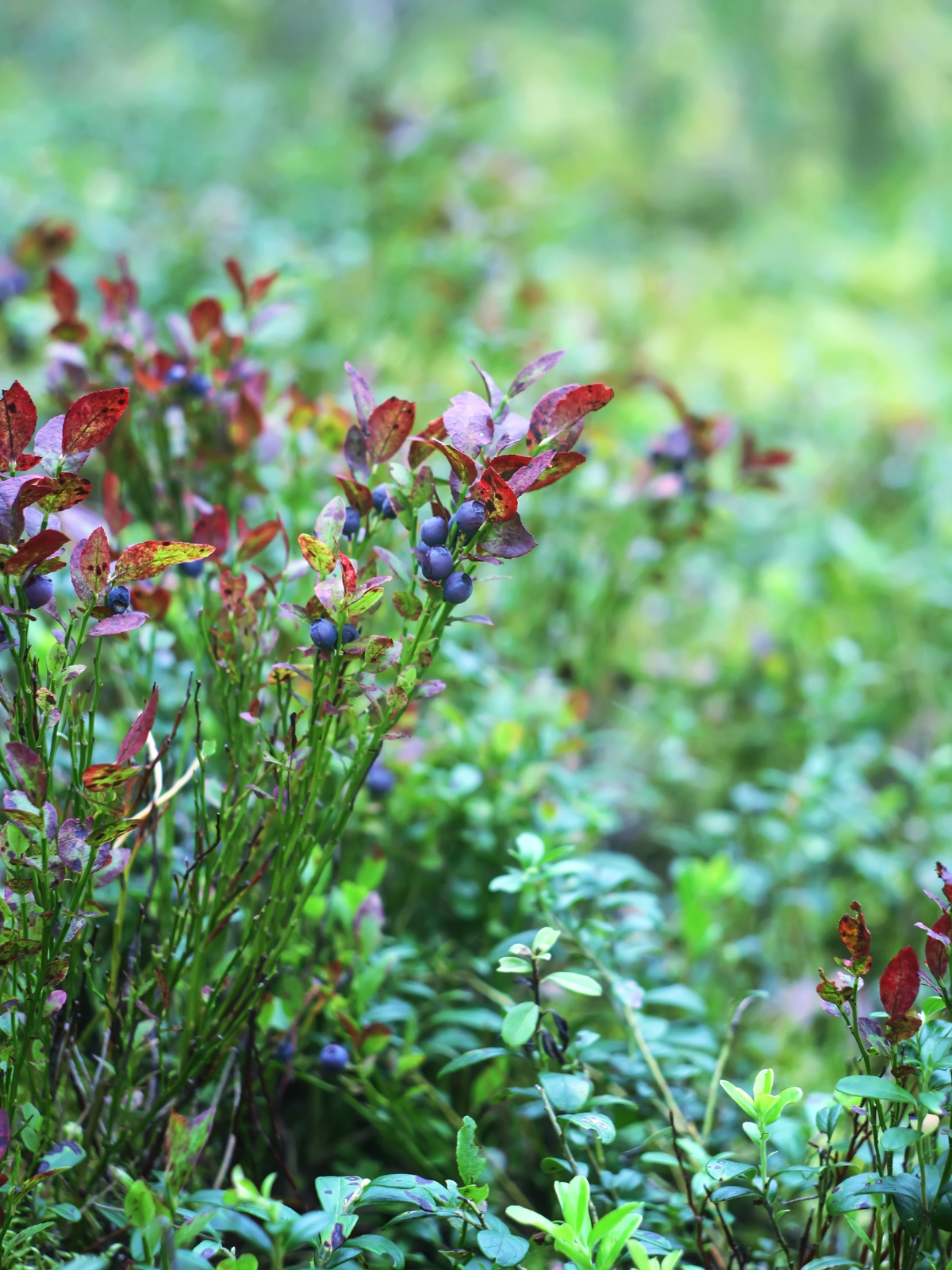
Cherries – Sour or Tart Only!
Cherry trees are typically not shade tolerant, but if you opt to grow tart or sour cherry trees, such as the “Morello” variety, the tree will produce a harvest. Sour cherry trees grow well along a wall and produce pretty white blossoms throughout the spring.
The harvest arrives between late summer and late fall.
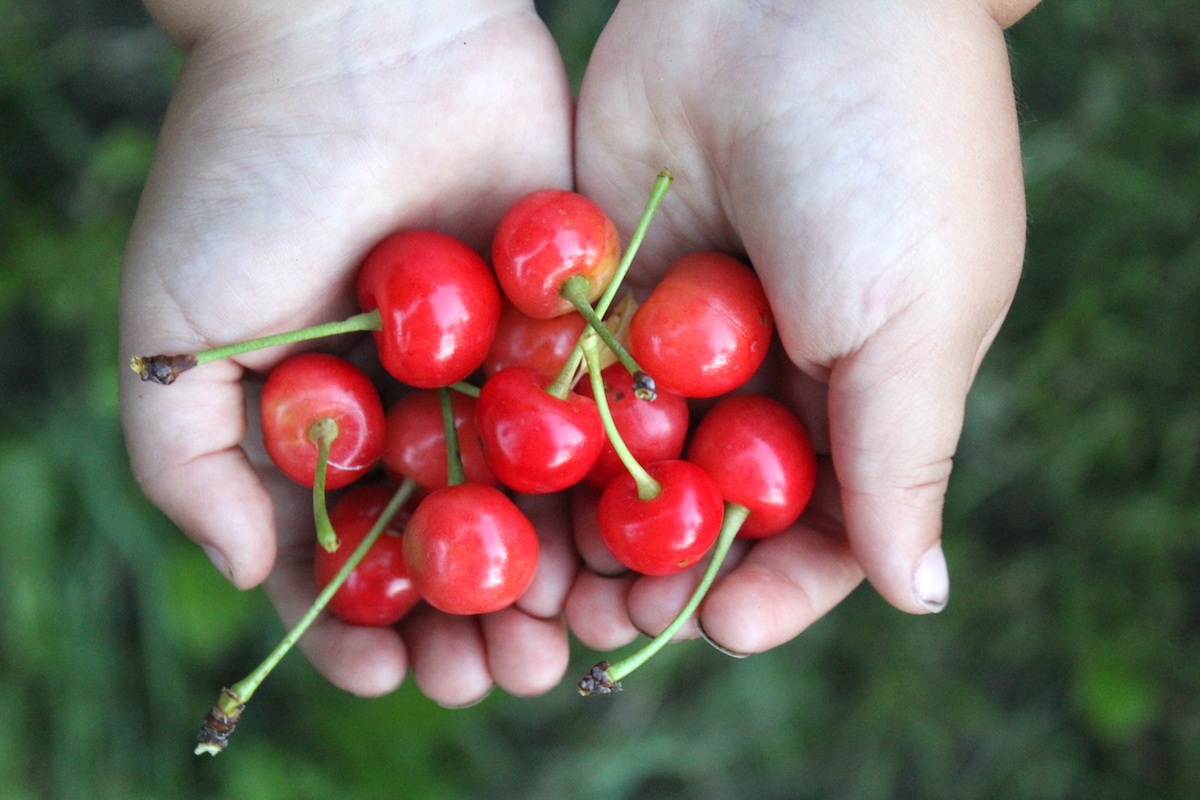
Chokecherries
Chokecherries are one of the cold hardy fruits you can grow in your garden. They even grow in zones one and two, the two hardest growing zones for gardeners.
Chokecherries are small bushes that you can grow into a tree or keep in containers since it’s a smaller shrubs. They prefer to grow in loamy and sandy soil with neutral soil. They tolerate slightly acidic and slightly alkaline soil, so they aren’t too picky about where you grow them.
However, it’s important to keep the soil fairly moist since chokecherries tend to grow in areas near bodies of water. You’ll often find bushes near rivers or other water sources in the wild.
These berries are quite astringent and are rarely eaten raw. You’ll find them way too bitter to enjoy, but that’s common with plants grown in such cold regions. Instead, turn them into all manner of delicious chokecherry recipes. Most recipes include a good bit of sugar to balance their natural astringency, such as chokecherry jam and jelly, as well as chokecherry syrup.
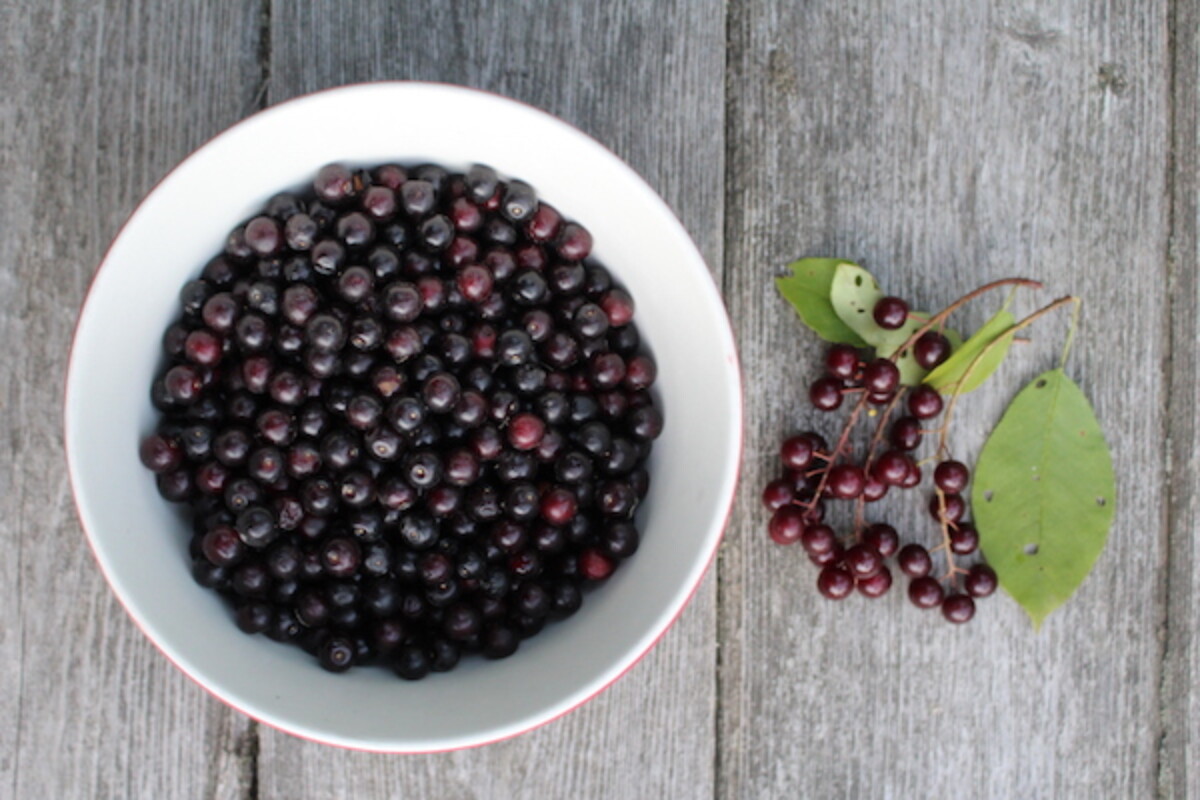
Currants – Black, Red, and White
You’ll find a variety of currants to grow in your garden, such as black, red, and white currants. Most currants tolerate partial sunlight since they grow in shaded areas throughout the wild.
Where you grow them on your property will depend on your climate. Those living in a warm climate should plant currants somewhere with morning sunlight and afternoon shade. The plants prefer to avoid the high temperatures throughout the afternoon, but in colder climates, the plants typically prefer the vice versa.
If you don’t have a lot of space, it’s possible to still grow currants in containers. No matter where you plant them, these plants grow best in acidic soil with plenty of organic matter.
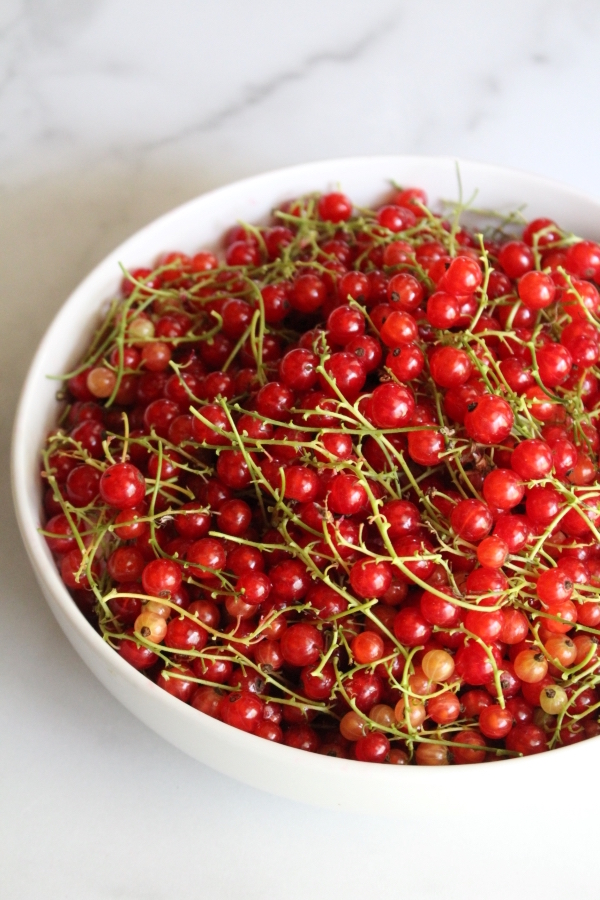
Elderberry
Famed for their use as a medicinal plant, elderberries are also tasty edible berry that grows in the shade. They’re produce prolifically in full sun, but they also do totally fine in shade (though producing slightly less fruit).
Elderberries are easy to grow from cuttings, so all you need is one thriving plant to grow a thicket of them. Snip off a cutting from a friend, and you’ll be well on your way to growing elderberries in your own backyard.
The main thing is they need rich, moist soil with plenty of compost and mulch on top to keep the soil from drying out. The shade actually helps retain water, so it can help the plants thrive. Just be sure to mulch them well at planting time, and then you won’t have to tend them again.
The berries are high in antioxidants and have been shown to help you recover from a cold or flu faster. They’re often made into an elderberry syrup for medicinal uses, but they can be eaten in many ways.
I make elderberry gummies for my kids, and we’re also particularly fond of elderberry jelly and elderberry pie.
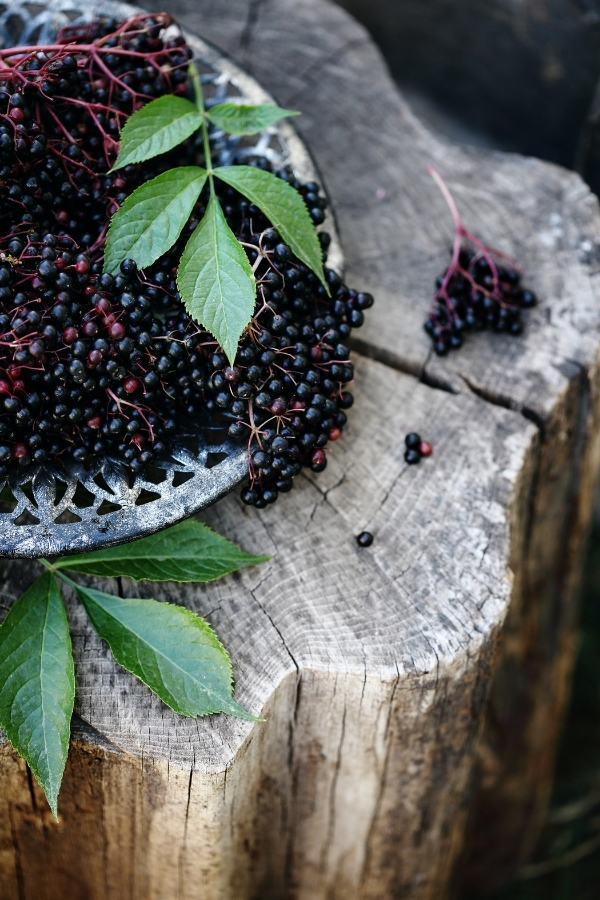
Fig Trees
Fig trees are easy fruit trees to grow, even if you don’t live in a tropical climate. You may assume that these trees need plenty of sunlight to grow, but we know that fig trees tolerate partial shade. However, they don’t love not having ample sunlight, so you may notice a decrease in production.
Those living in hot climates should plant fig trees in areas with morning sunlight and afternoon shade. That protects the trees from stress during the hottest parts of the day.
Figs are an underrated fruit to grow on your homestead. Not only do they make delicious fig jam and chutneys, but they taste great when baked in pastries. Fig tarts and cakes are classic desserts our ancestors enjoyed.
You can also can whole figs in syrup and decide what to do with them later.
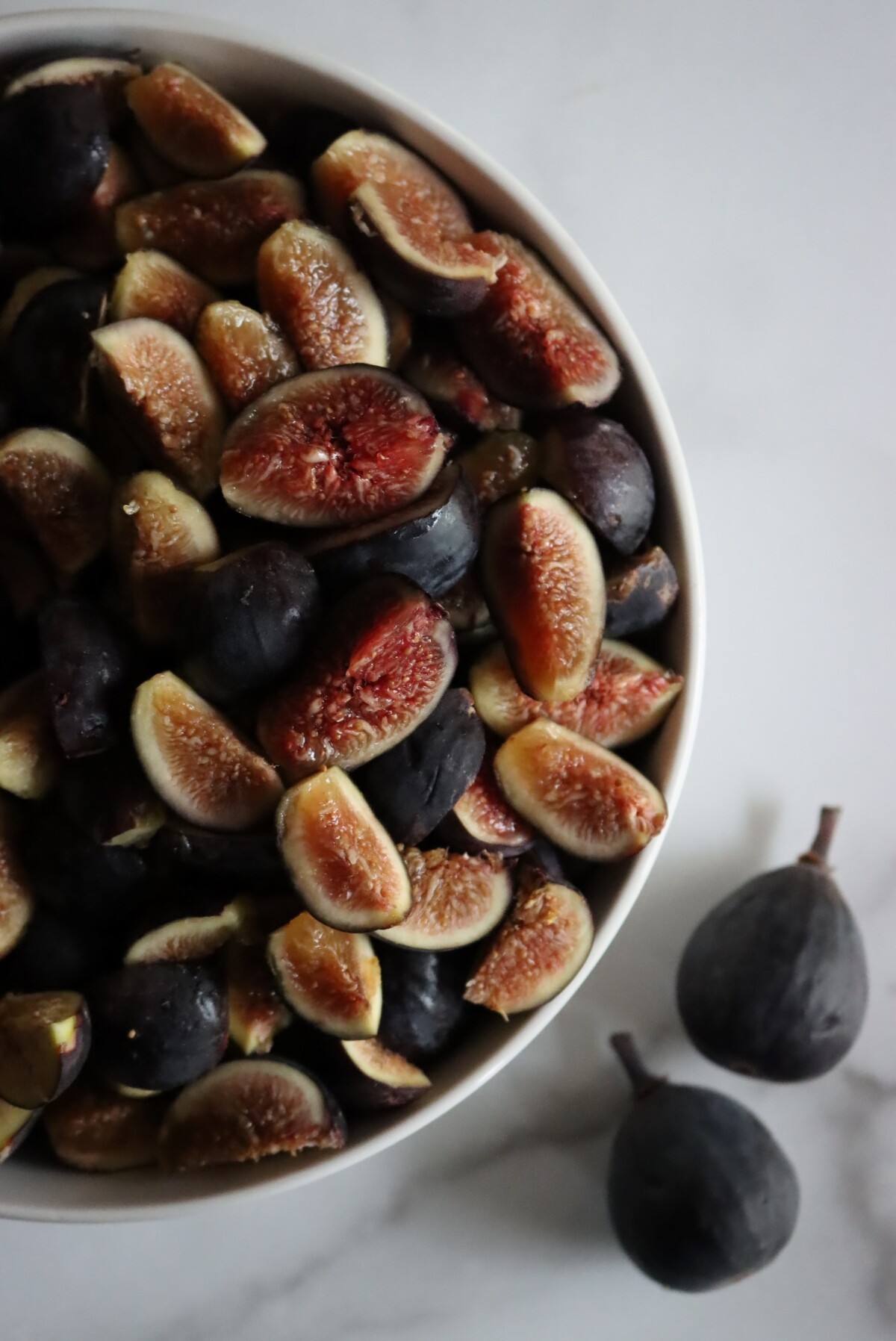
Gooseberries
Like currants, gooseberries actually prefer shade, and the plants will burn in full sun (especially in hot climates). They like plenty of water, so they’re a good option for moist, shady spots.
When I’m foraging for wild gooseberries, I find them in wet lowland spots in the middle of the woods, next to fragrant blossomed angelica and sunny marsh marigold.
Gooseberries are naturally high in pectin, so they make wonderful gooseberry jam and gooseberry jelly. They’re also perfect for adding to other preserved recipes, especially when you’re working with low-pectin fruit (like cherries or strawberries). It’ll help them set nicely.
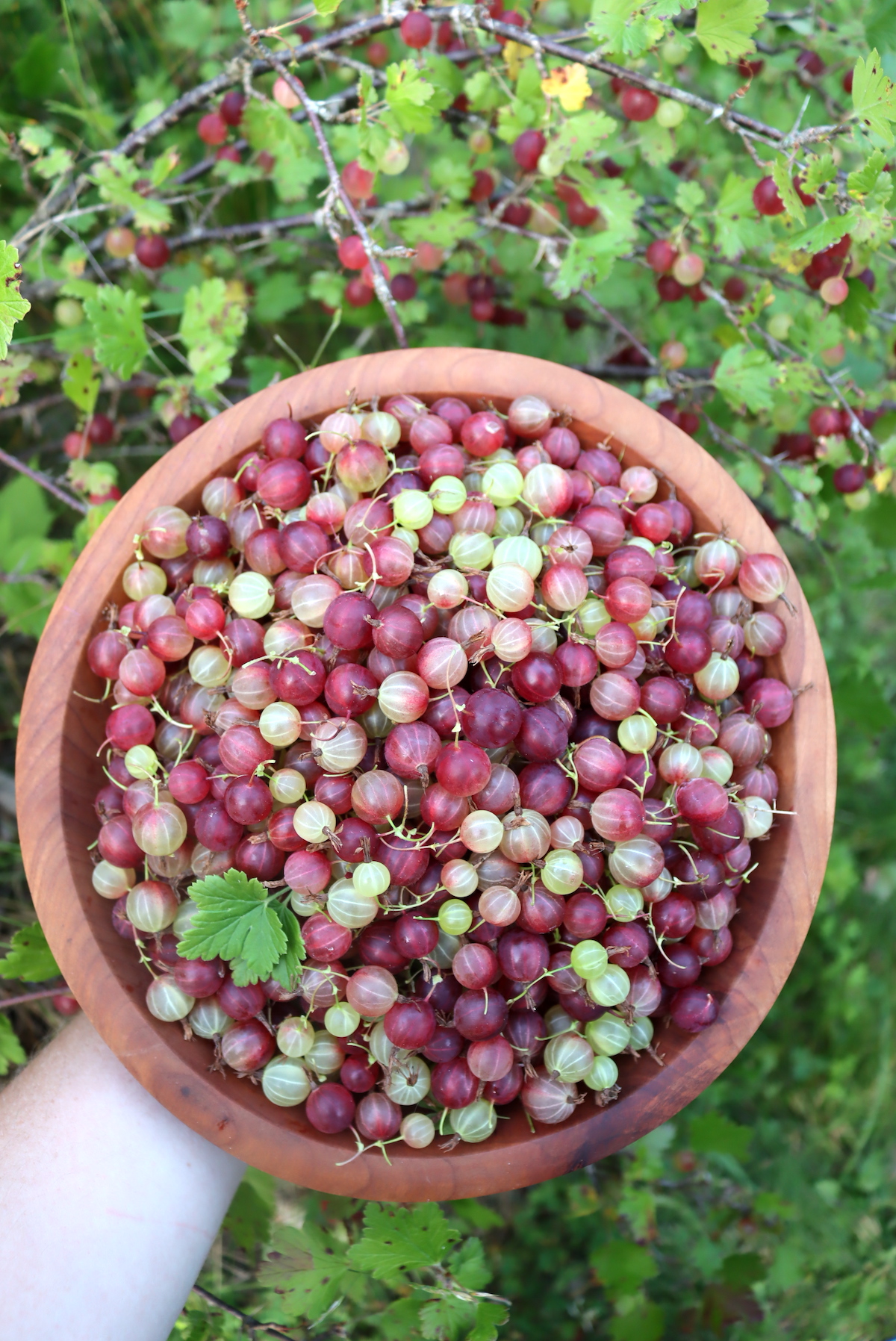
Hardy Kiwi
Do you love kiwi but live in a colder region? Hardy kiwi is a perennial plant that produces smaller versions of the kiwi fruit we all love and find in grocery stores.
This is a cold-tolerant plant that produces fruit in the fall. It grows in full sunlight, but it tolerates partial shade well. The only difference is that the foliage tends to be less vibrant when grown in partial shade.
If you decide to grow hardy kiwi, plant it in the spring after the danger of frost. Since this is a vining plant, be sure to set up a strong trellis and plan to promote it in the winter to encourage fruit growth.
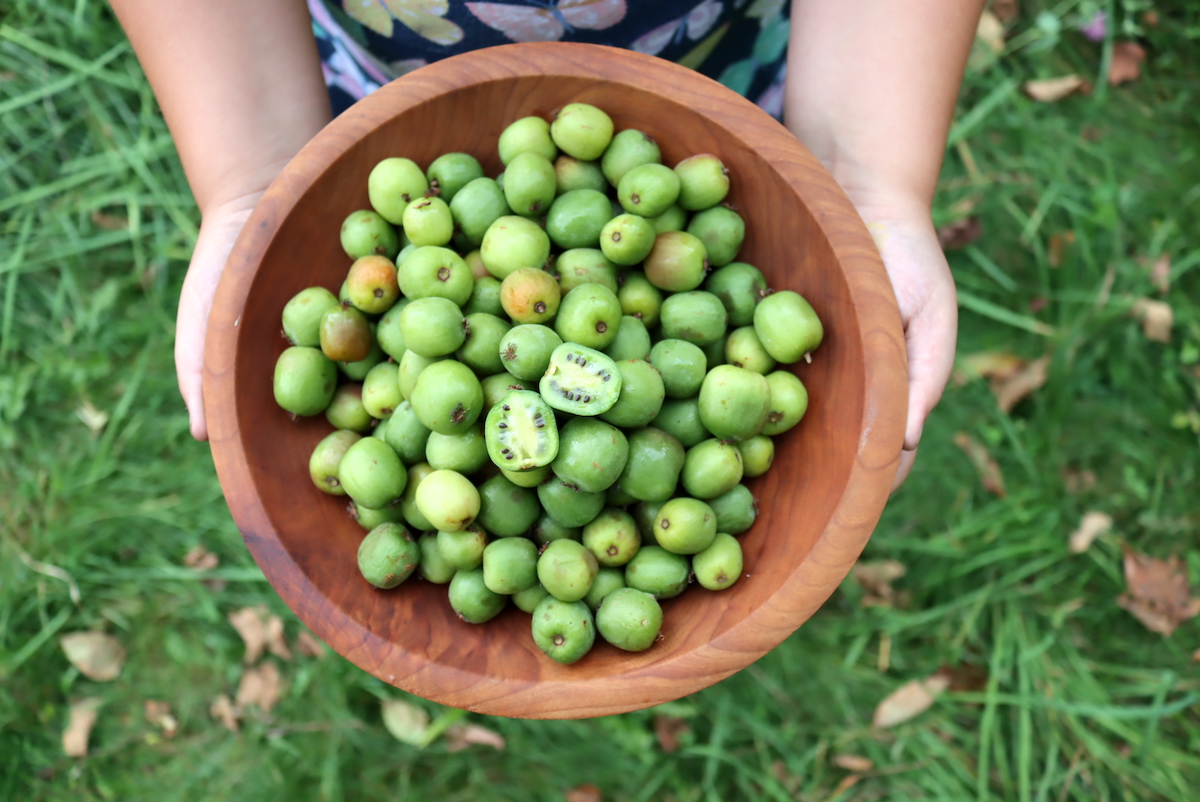
Juneberries (Saskatoons)
Juneberries are often called saskatoon berries or serviceberries. They are small trees that grow well in cold regions and natively in Canada and the Northern USA. If you live in an area with a short, cold growing region, juneberries are an excellent option for your perennial food garden.
Serviceberries are known for being low-maintenance fruit bushes that grow with only partial sun and less than ideal-soil conditions. You’ll find that the plants adapt to most soil types, and once established, they need little care.
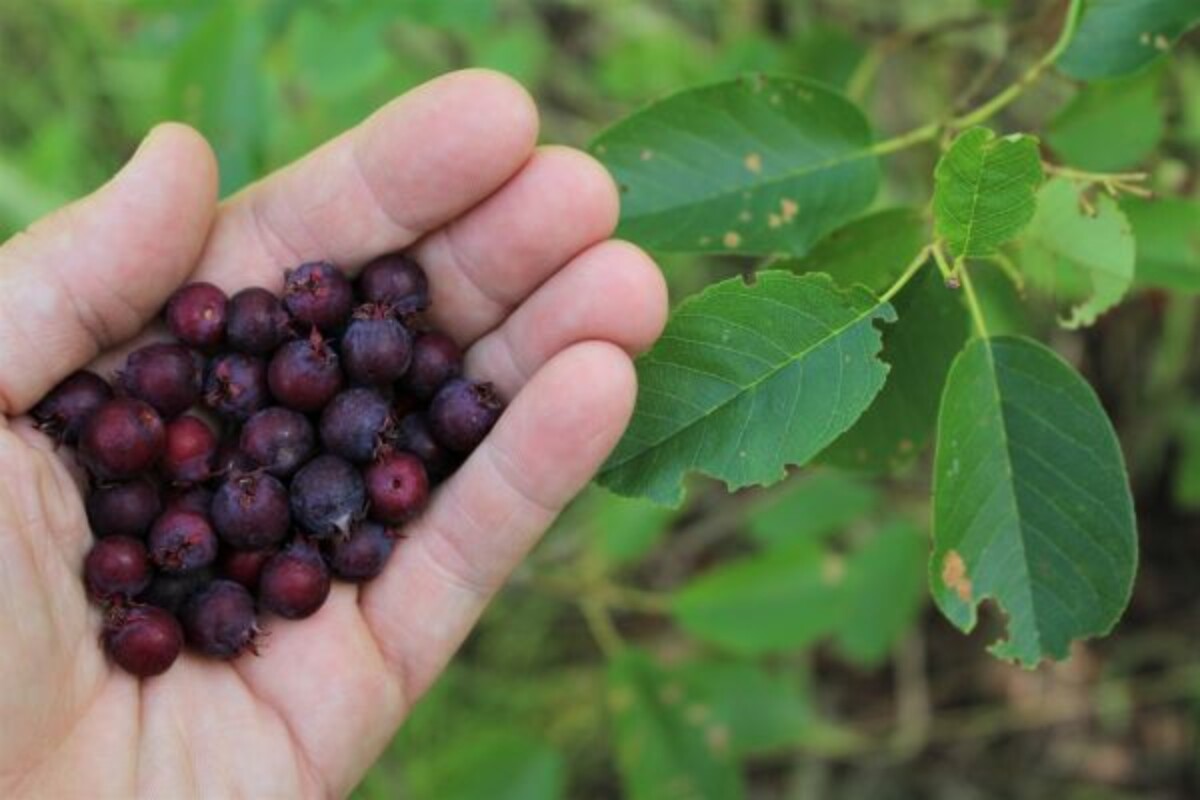
Lingonberries
Few people grow lingonberries, but that is a shame. These berries grow well on short, evergreen bushes and grow well in the shade. Lingonberries grow best in areas without high temperatures. That’s why they typically grow in the northern regions.
Like blueberries, lingonberries grow best in very acidic soil with a pH level of around 5.0. They should be planted in the spring after the risk of frost and give the plants plenty of space to grow and sprawl.
These perennials take at least one year to establish. After maturing, lingonberries produce a harvest in September, starting the second year after planting and going forward.
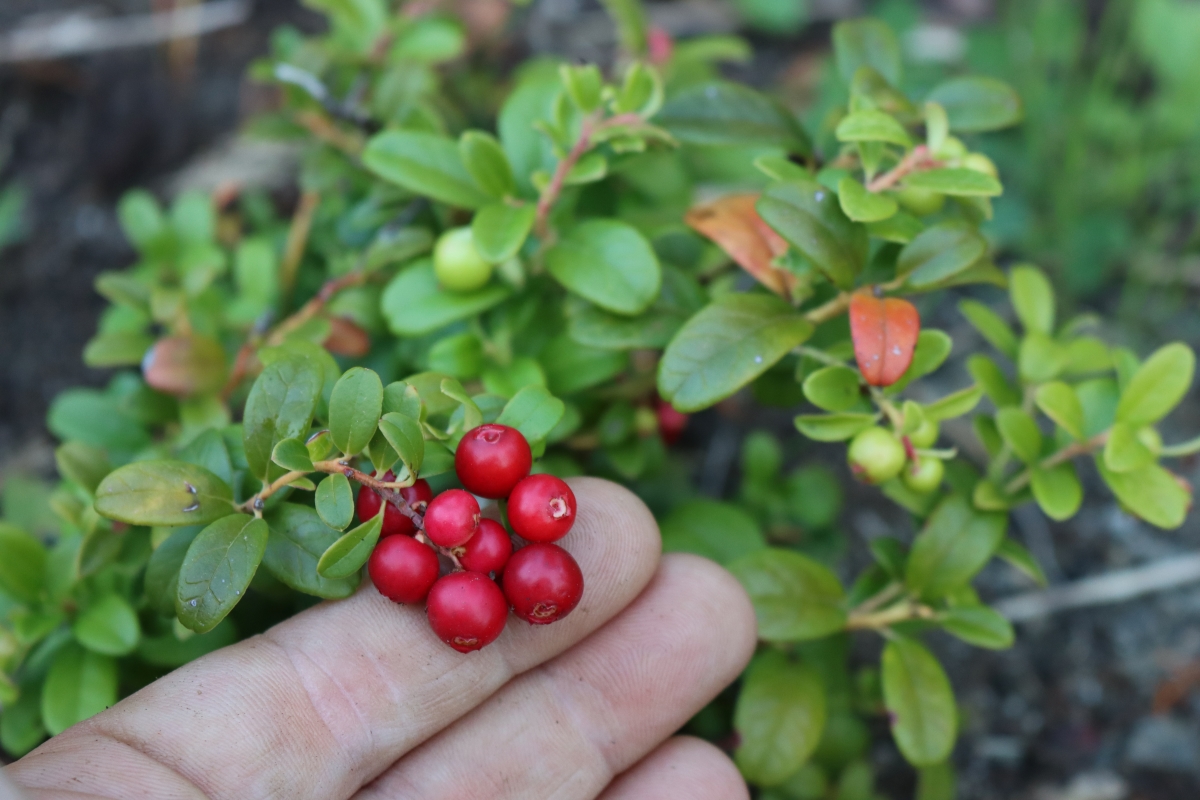
Loquat Trees
Loquats are a lesser-known fruit that few rarely include in their permaculture food forests. Research by the University of Florida and other experts indicate that loquats grow well in partial shade.
These fruit trees are native to China and Japan; they have been popular fruits in Asia for centuries. Loquats are stone fruits that work great in cakes, tarts, cobblers, and other desserts. Since they are stone fruits like peaches, you can use loquats as a substitute in your summertime recipes.
Plant the trees somewhere that receives at least four hours of sunlight per day. As long as they receive several hours of sun, you will have a nice harvest. If you live somewhere with hot summer days, plant your loquat trees somewhere with afternoon shade to protect the trees from the hottest heat of the day.
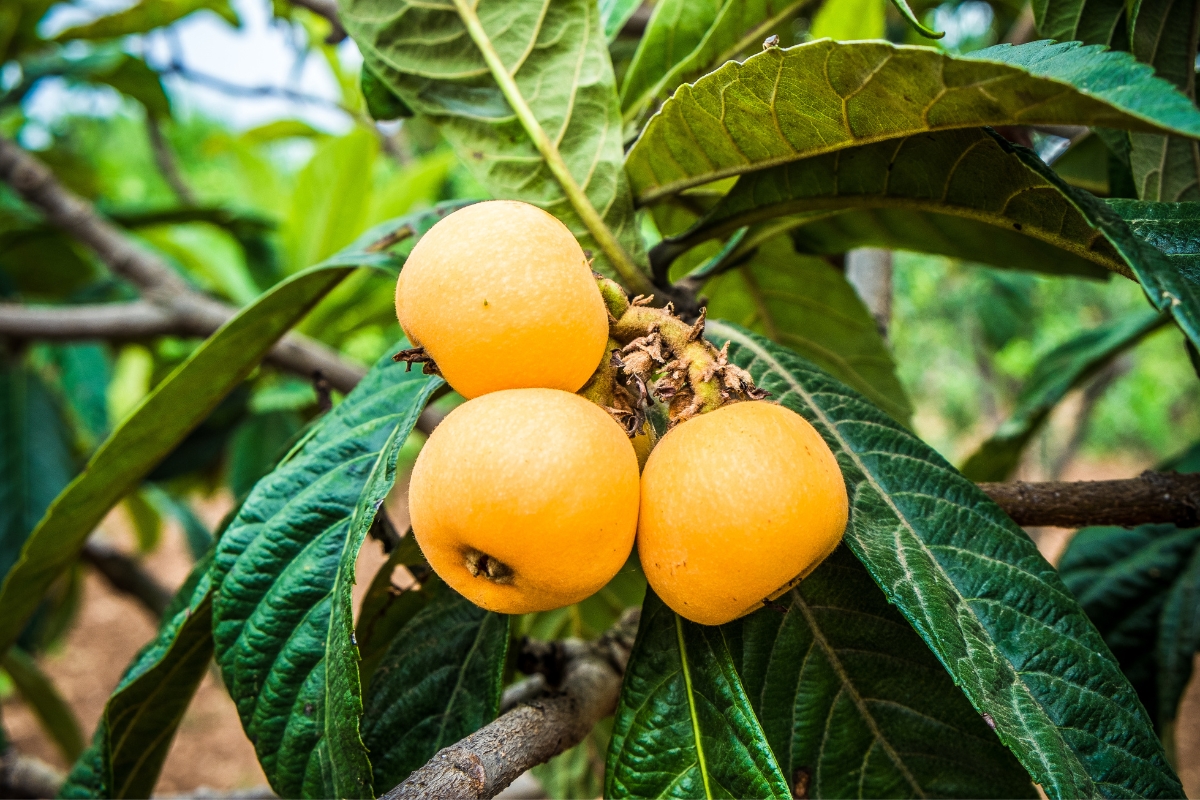
Mulberry Trees
Most berries grow on bushes, but mulberries grow on trees, and those trees grow relatively large. You may prune them to keep them at a reasonable size. These trees produce sizable harvests each year, up to 50 gallons of berries at full maturity, even when receiving only partial sunlight.
Mulberry trees are low maintenance and produce every spring to fall, depending on the variety you grow. The trees grow well in soil with a fairly alkaline pH level, but you need to ensure the tree grows in an area with good drainage. Also, the soil should be moist regularly; this isn’t a tree that grows well in dry conditions.
Mulberries aren’t a berry you see in grocery stores because they are too delicate and spoil fast. In some areas, mulberry trees are considered invasive, so you may be able to take cuttings from a friend or the local park.
Be careful letting your kids play near a mulberry tree! The berries stain everything they touch, but they also taste delicious. Mulberries taste sweet yet a bit sour when eaten fresh, but most people turn them into jelly or jam. Mulberry jelly is a delicious treat.
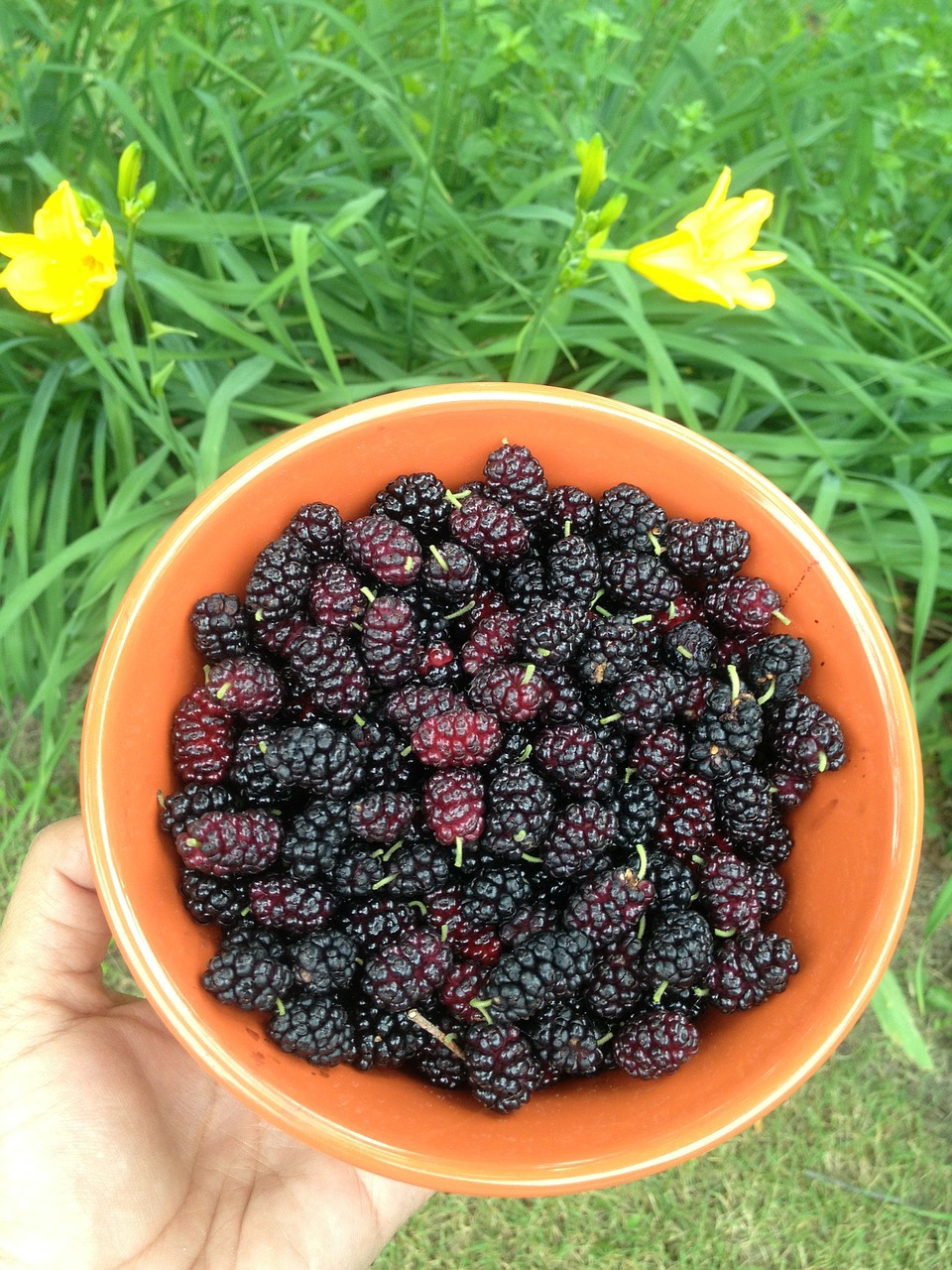
Muscadine Grapes
Gardeners living in the southern region may grow Muscadine grapes; it’s one of the only grapes growing well in partial shade. However, the more sunlight offered, the more fruit the plant will produce.
Muscadine grapes grow on long vines with plenty of green foliage and large, round fruits. Expect harvests from August to September.
These grapes have a long history and plenty of uses. The most well-known way to enjoy these grapes is grape hull pie, but you also can make great jellies and preserves with them. Try making them into popsicles for your kids or baking up a delicious muscadine grape pie!
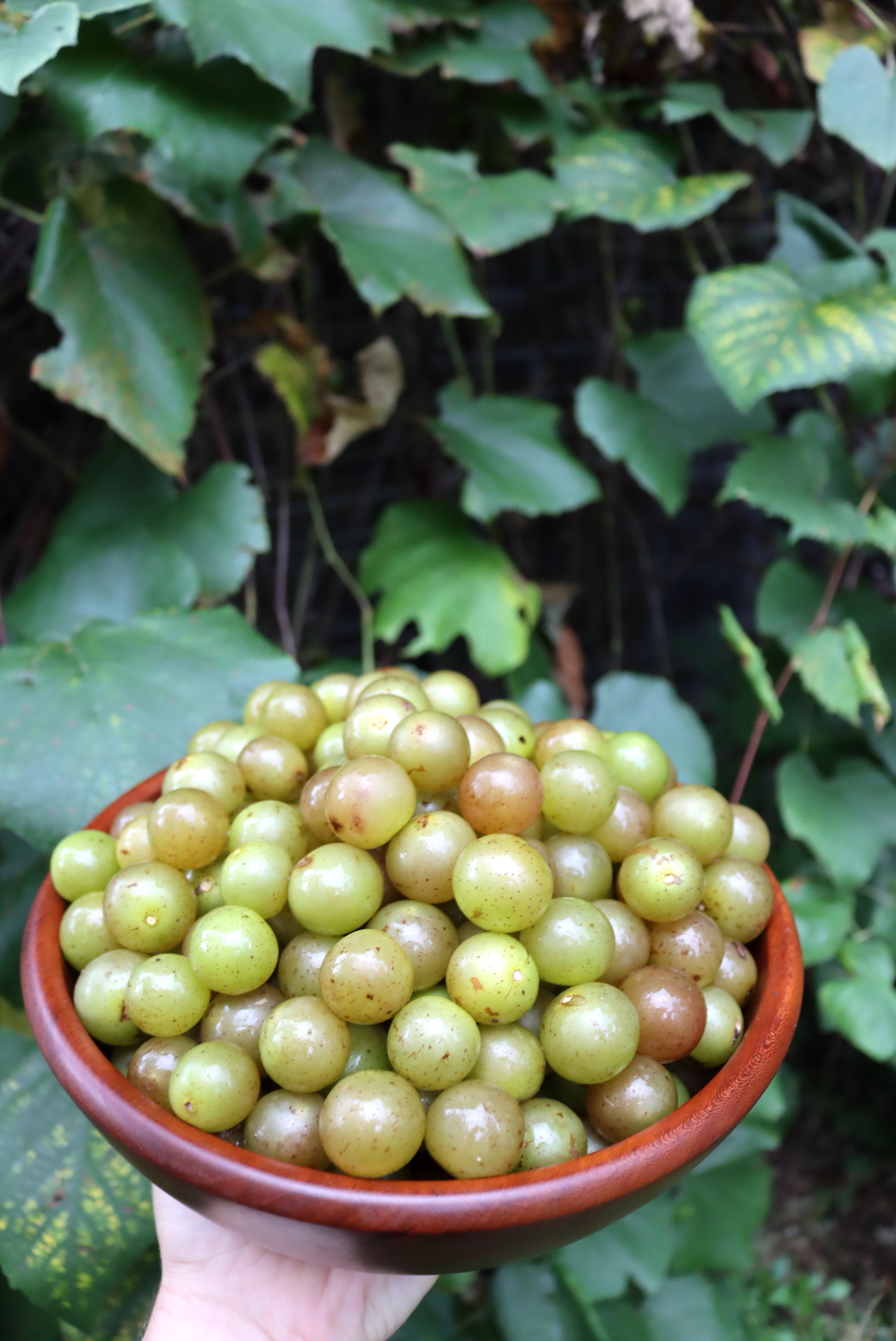
Nannyberry
Many people have never heard of nannyberries; if that’s you, you’re missing out. Nannyberries are a wild fruit that grows prolifically on bushes, ripening in the late fall. The berries have a unique flavor, tasting like a cross between a prune and a banana.
Foraging for nannyberries is exciting; they grow in large clusters with their drooping purple fruits dangling. If foraging isn’t an activity your family enjoys, you’re in luck; growing nannyberries in your garden is easy. These are native plants, so in general, they’re low maintenance and easy to grow.
While these shrubs prefer full-sun locations, they thrive in partial shade too. The site you plant the bushes should have well-draining, moist soil; otherwise, they aren’t too picky about their conditions. Whether you have poor or compacted soil, these shrubs grow.
Nannyberries are quite dry if you eat them raw, so we prefer to process the berries. Separating the berries from the seeds makes the berries more pleasant to enjoy, and once processed, they taste great as jam or thickened fruit butter.
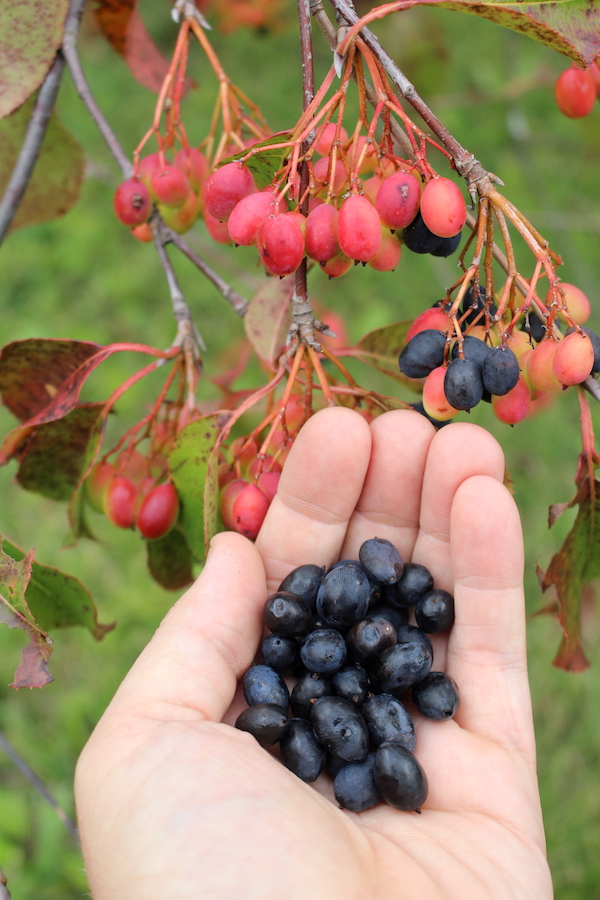
Partridgeberry
Few grow partridgeberries in their garden; it’s typically an ornamental shrub with a long history. Some used partridgeberries as a medicinal plant since it is an evergreen, vining plant that produces white flowers. Later in the season, those white flowers turn into bright red berries.
You might recognize this plant by other names. Some refer to this plant as winter clover, twinberry, or deerberry. Partridgeberries are native to North America, typically found anywhere from Minnesota to Texas.
Unlike other berry plants, partridgeberry is a low-growing plant that forms large mats wherever you plant them. Wild birds typically consume berries, but they are edible to humans. However, they don’t have much taste; I feel like they have a very subtle sweetness to them.
I enjoy foraging for partridgeberries, one of the first plants I foraged. It’s easy to find berries present on the vines year-round. Traditionally, Native Americans consumed partridgeberry with acorn cakes, and they are dried and added to pemmican.
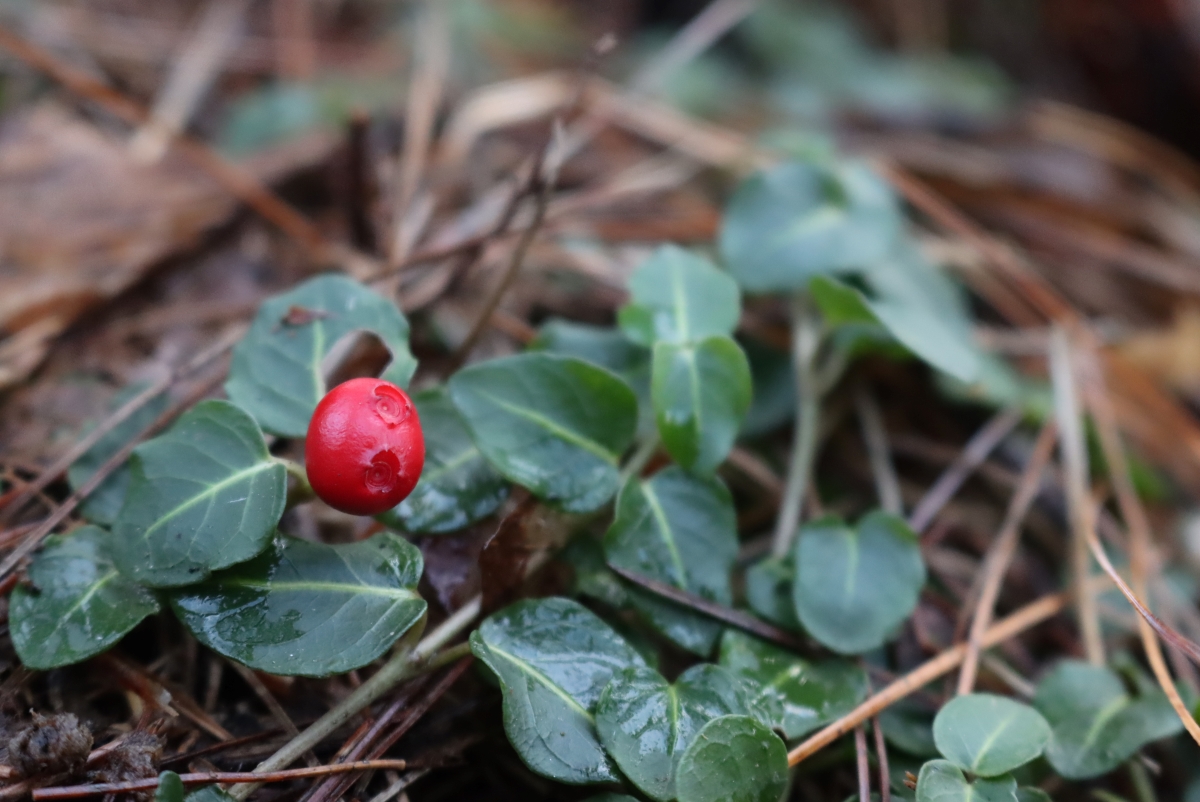
Pawpaw
Pawpaw trees are an underrated fruit tree that few grow purposefully. You’re more likely to stumble across them in the woods if you live in a region where they grow wild. These trees typically grow in full sunlight, but since they’re wild fruit trees, they also grow in areas with partial shade.
It’s hard to control sunlight access in the woods, after all. Pawpaw trees are understory trees, which means they grow under the canopy of a taller tree. While less sun decreases their overall production, growing these fruits in your own permaculture food forest is still possible.
Another interesting reason to grow pawpaw trees is that they are black walnut-tolerant trees. Black walnuts produce a chemical that kills off many other plants, but pawpaws tolerate the chemical well. So, if you have an area near those trees where nothing grows, consider adding a few of these around it.
Pawpaw fruits have a unique flavor and texture. It reminds many of a mild banana; it mashes well and has a soft texture. Overall, it’s mild, so it’s easy to add to baked goods, pudding, and other desserts.
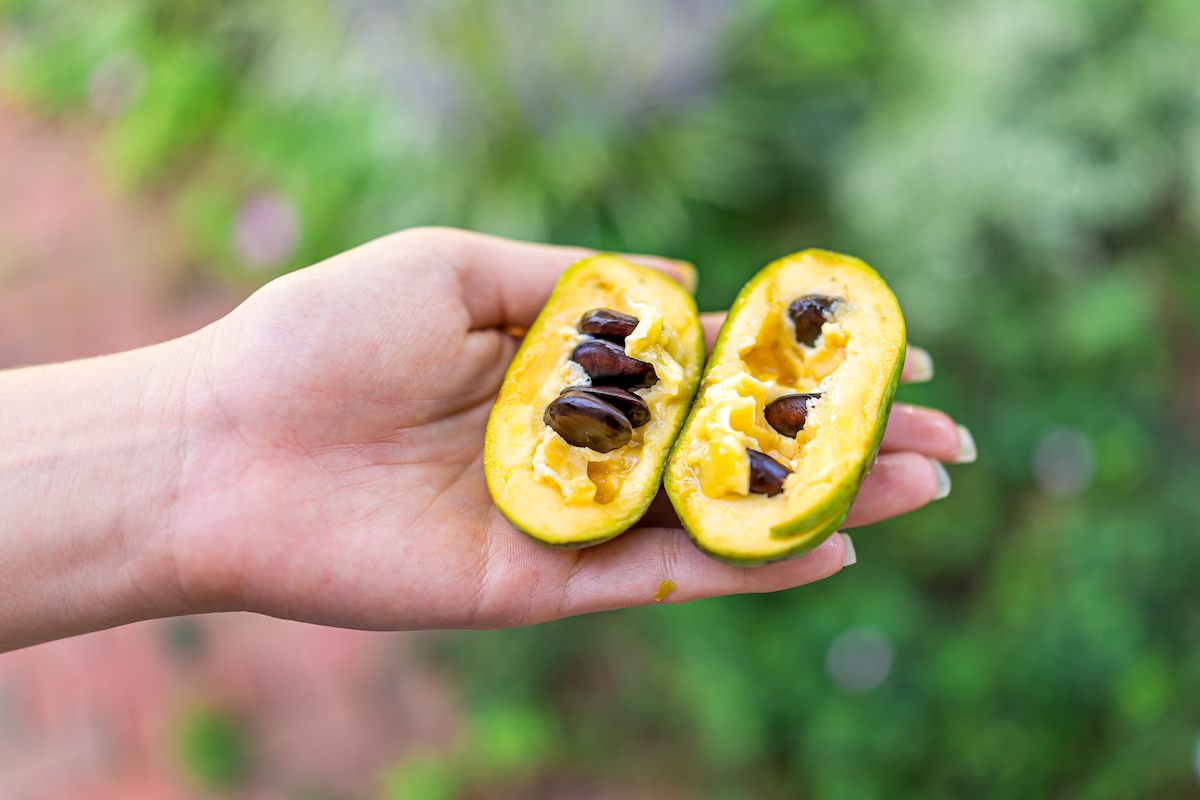
Pears
Finding fruit trees that grow well in cold regions is hard, but pear trees are low-maintenance fruit trees that thrive in colder climates. Pear trees prefer growing in full sunlight but tolerate partial shade, producing a decent harvest. If possible, consider planting trees where they receive morning shade and afternoon sunlight.
Pears are a versatile fruit tree to add to your homestead. Apple trees, in general, require full sunlight, so pears are a solid alternative. They store for two to three months in cold storage and preserve well. Try canning pear slices or turning your pear harvest into pear butter!
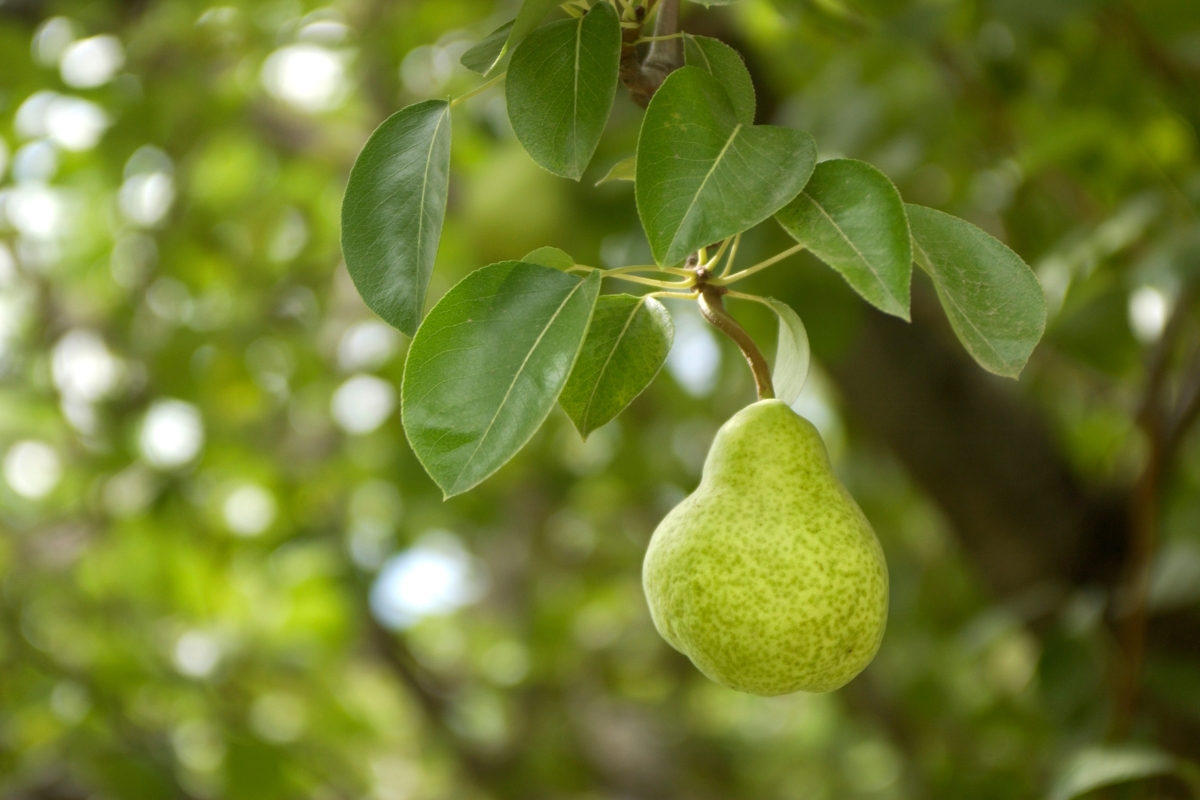
Plums
I felt skeptical about whether or not plums are fruits that grow in shade, but I planted them in my perennial food forest anyway. I planned to cut away other plants to provide the trees with more shade, but I forgot to do so. Imagine my surprise when my plum trees fruited and continue to do so.
Plum trees grow in areas with partial shade; they prefer morning sunlight and shade in the afternoon. Full-size plum trees produce in partial shade, but dwarf trees will produce even more fruits.
A simple plum jam is one of my favorite ways to preserve them, but you can also can whole plums and decide what to do with them later.
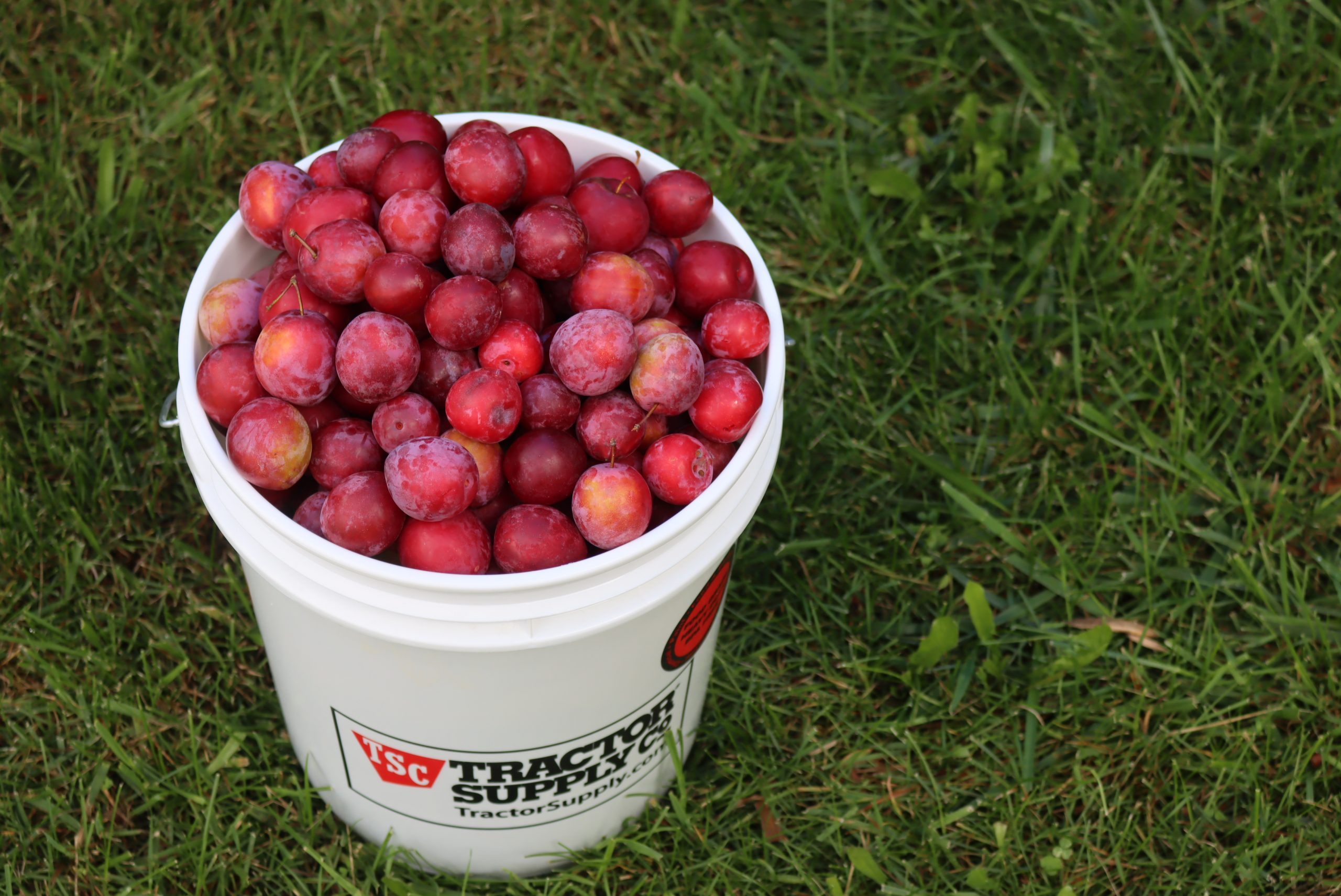
Quince
Another one of the uncommon fruits that grow in shade is quince, a large, yellow fruit that tastes great as jams and jellies. It typically grows best in a sunny spot, but these fruits also handle partial shade well. Growing quince is possible even if you have a small garden space since they thrive in large containers.
Quince trees tolerate growing in different soil types but prefer deep, fertile, and moisture-retaining soil. These trees will grow prolifically if you have access to space near a pond or stream.
Quince used to be a popular fruit tree during colonial times, but you can’t eat them right off the tree. Most varieties are too hard and astringent to be eaten raw, so you have to cook them. Simmering these fruits in a pot of water or steaming them until fork tender is the best way to prepare the fruits, and there are plenty of delicious quince recipes to choose from.
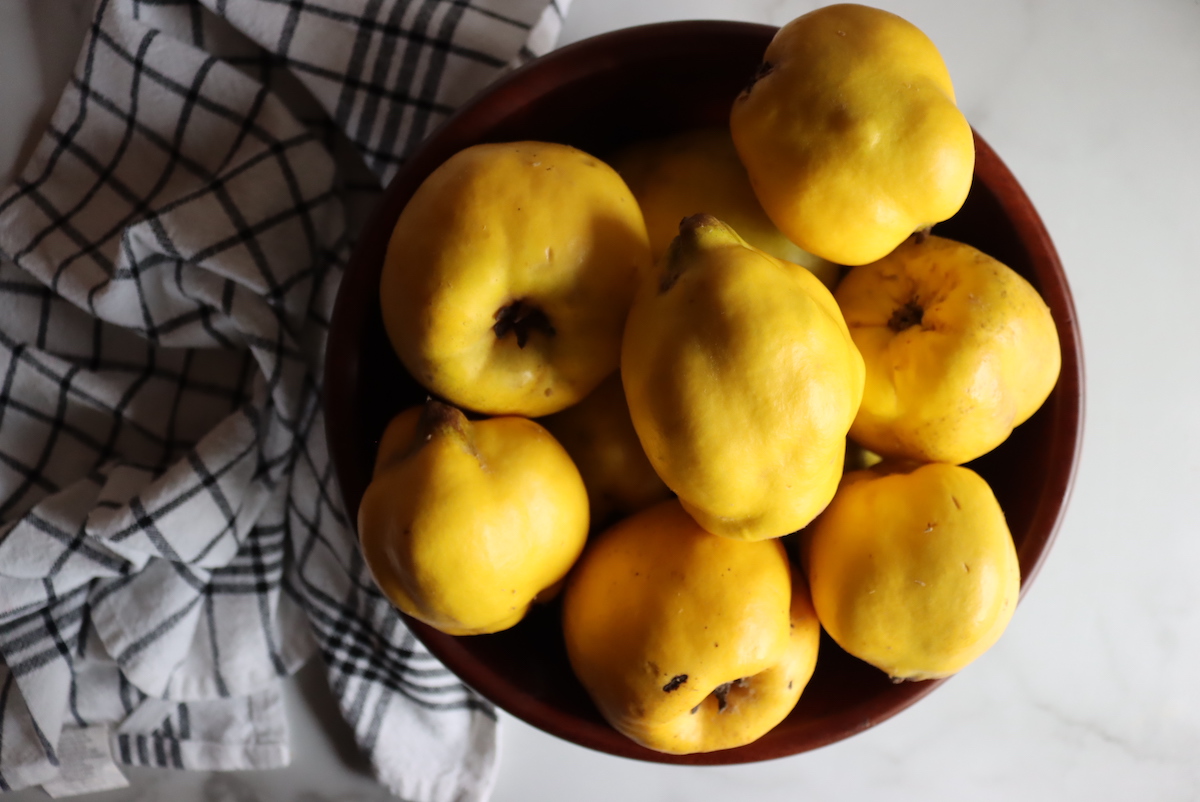
Raspberries
Head to your local garden nursery, and you’ll find a variety of raspberry cultivars to grow. Raspberry cultivars produce fruits at different times of the year; some harvest in the spring and summer, while others are fall-bearing plants. Likewise, some cultivars produce a harvest in partial shade.
Raspberries are a prolific, fruit-bearing plant that easily grows out of control if you fail to prune regularly. Pick a spot in your garden with good drainage; these plants aren’t a fan of wet feet.
If you plan to plant several raspberry bushes in your homestead, it’s a good idea to plant a variety with different harvesting times. Since they all have different harvesting times, you could have raspberries ripe from May to October!
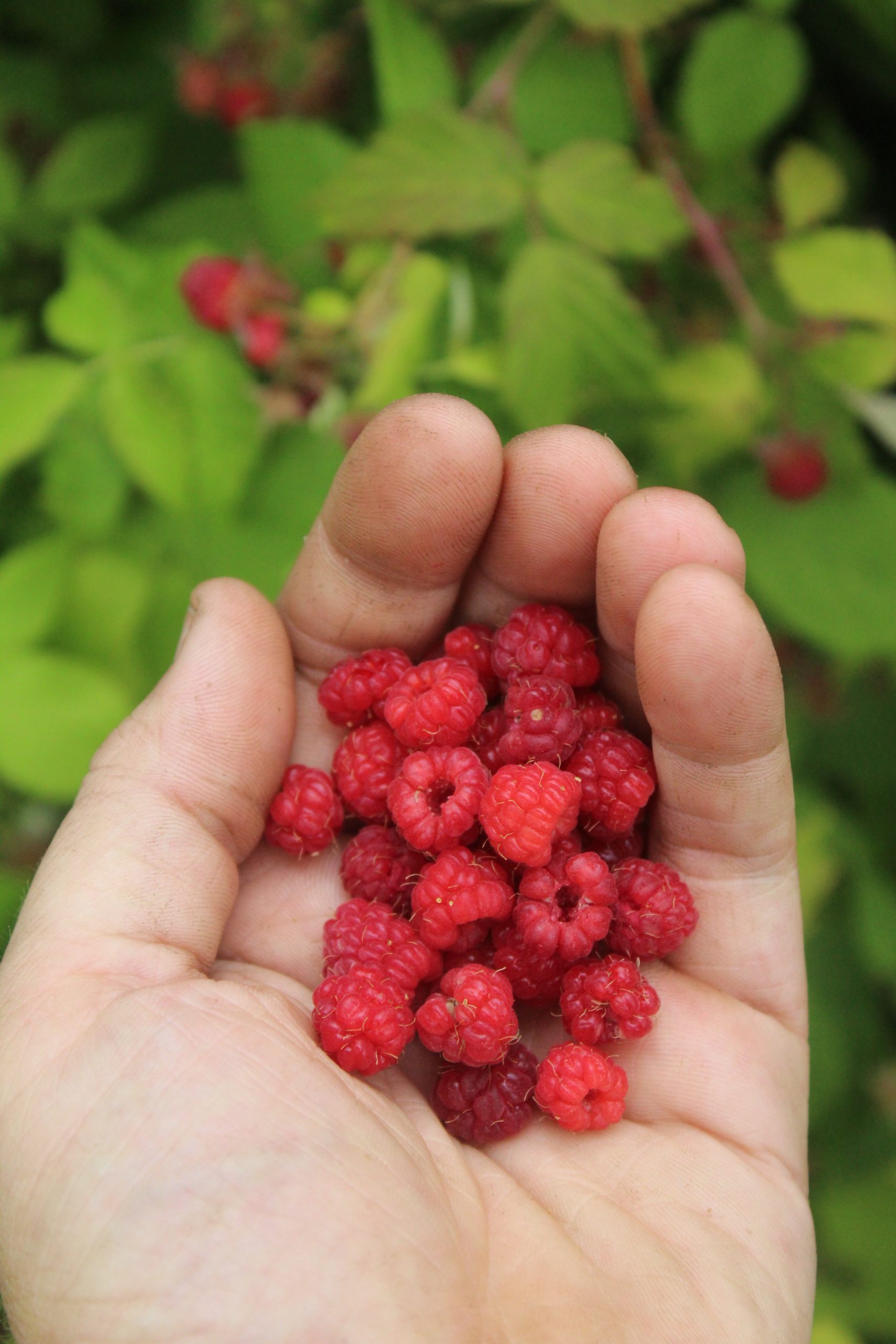
Rhubarb
Rhubarb is one of the few cold-season fruits that grow in shade; technically, rhubarb is not even a fruit. The edible portion is a long stalk that looks similar to celery, but the leaves are toxic. Never let your kids or pets take a bite out of rhubarb leaves.
Rhubarb ripens in spring, but don’t expect a harvest the first year you plant it. It takes at least one year for these plants to reach harvesting. Once the rhubarb plant is mature, you can harvest up to 60% of the plant.
Look for early varieties that handle partial shade well, such as “Stockbridge Arrow” or “Victoria”, the most popular rhubarb cultivars.
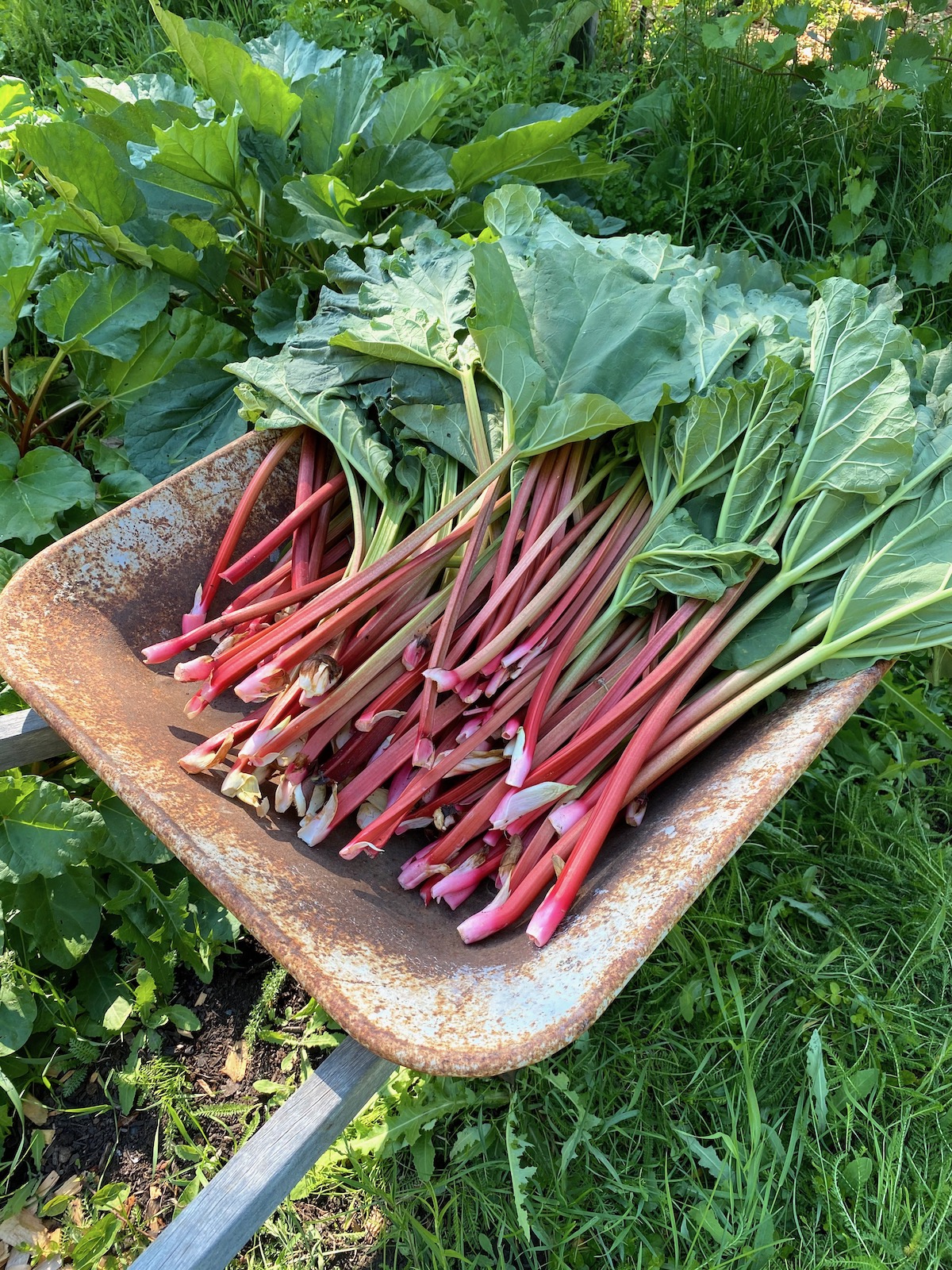
Salmonberry
Salmonberries are one of the berries my family enjoys the most, but it’s an unusual fruit that you can grow in the shade of your garden. I always want to find new edible berries to add to my permaculture homestead, and recently, I discovered salmonberries. Unlike other fruits in the same genus, this variety thrives in wet, boggy soil.
Salmonberries also differ from other varieties because they grow best in partial to full shade. They cannot handle living in full sunlight, so if you want more fruits that grow in shade, grab some salmonberry plants.
It’s safe to eat salmonberries raw, and they freeze well for future recipes. Dehydrating these berries is harder than other berries because they have higher water content. Our family enjoys eating fresh salmonberries and turning them into pies.
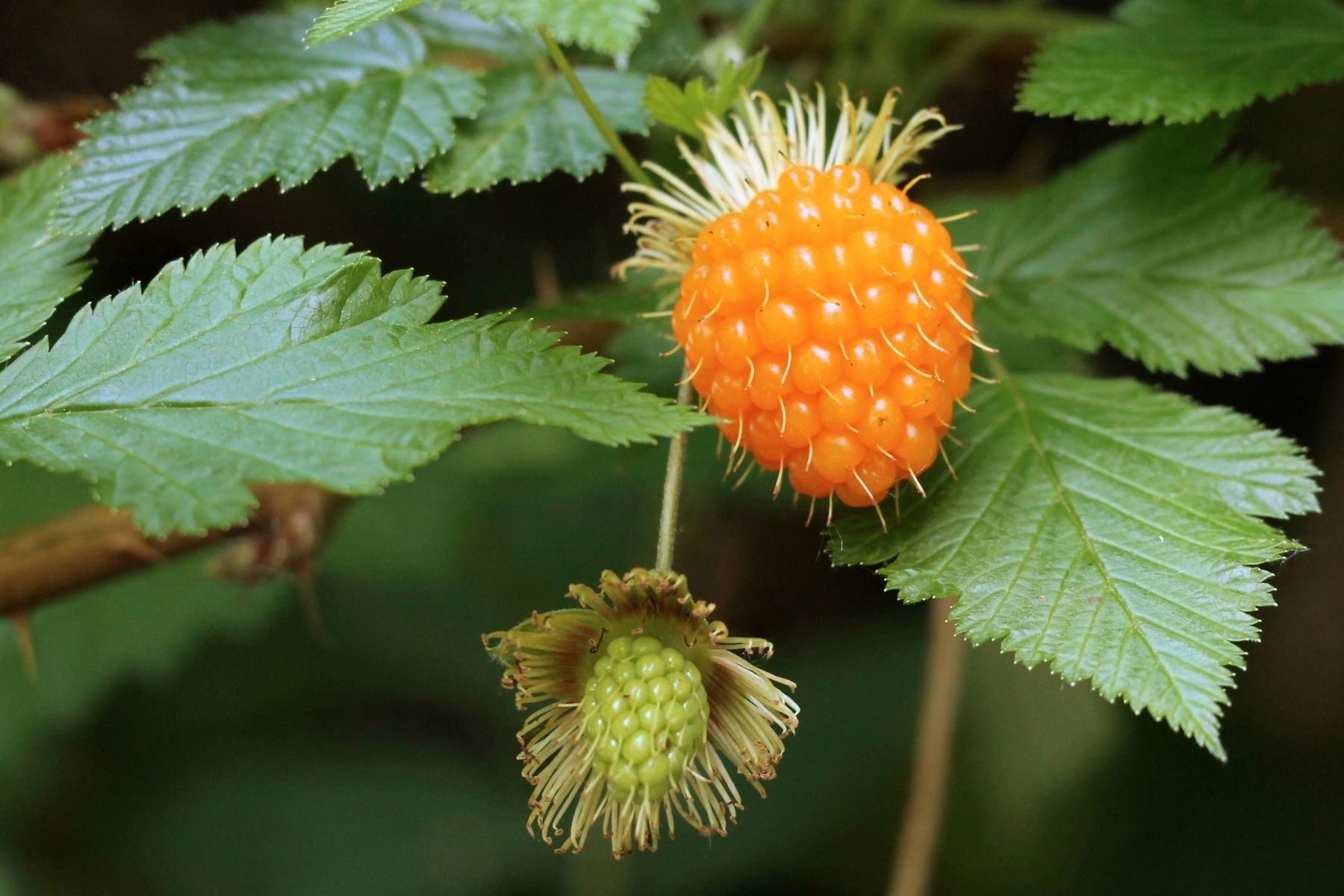
Strawberries, Alpine
Most strawberries require full sunlight to grow, so if you have only partial shade to offer, you may think you can’t grow strawberries in your garden.
You’d be wrong!
Alpine strawberries, known as mountain strawberries, are a smaller version that grows well in partial shade. In nature, they grow in cooler regions with higher elevations that receive fewer daylight hours. Alpine strawberries also grow better in colder climates than traditional strawberries.
When you plant alpine strawberries, expect a harvest from June to October. They produce small amounts steadily rather than their entire harvest at one time.
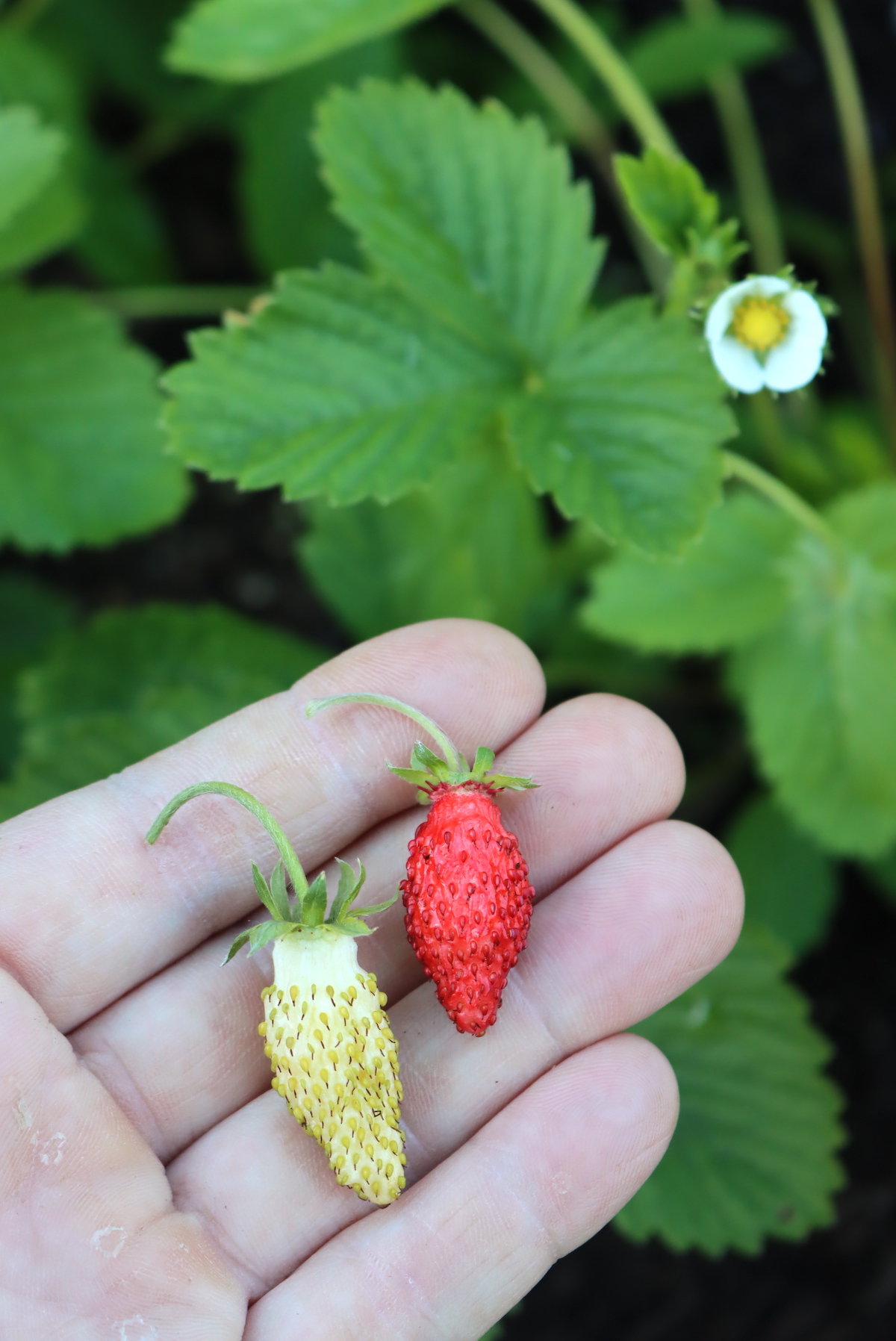
Thimbleberry
Thimbleberry is a plant that grows natively in the Northwest part of the United States. You can find it anywhere from Alaska to California throughout the northern part of Mexico. So, if you live in this region, you may be able to enjoy growing thimbleberry.
Thimbleberries have a long history since they were an important food for the Native Americans who once lived in this region. The fruits are bright red and juicy. Technically, they aren’t a berry but rather a drupe, a group of druplets. The fruits fall apart easily, which is why they aren’t sold commercially or used for cultivation.
These plants are hardy up to USDA zone 3, so thimbleberries are quite cold hardy. They grow best in full to partial sunlight, and the soil needs to stay moist.
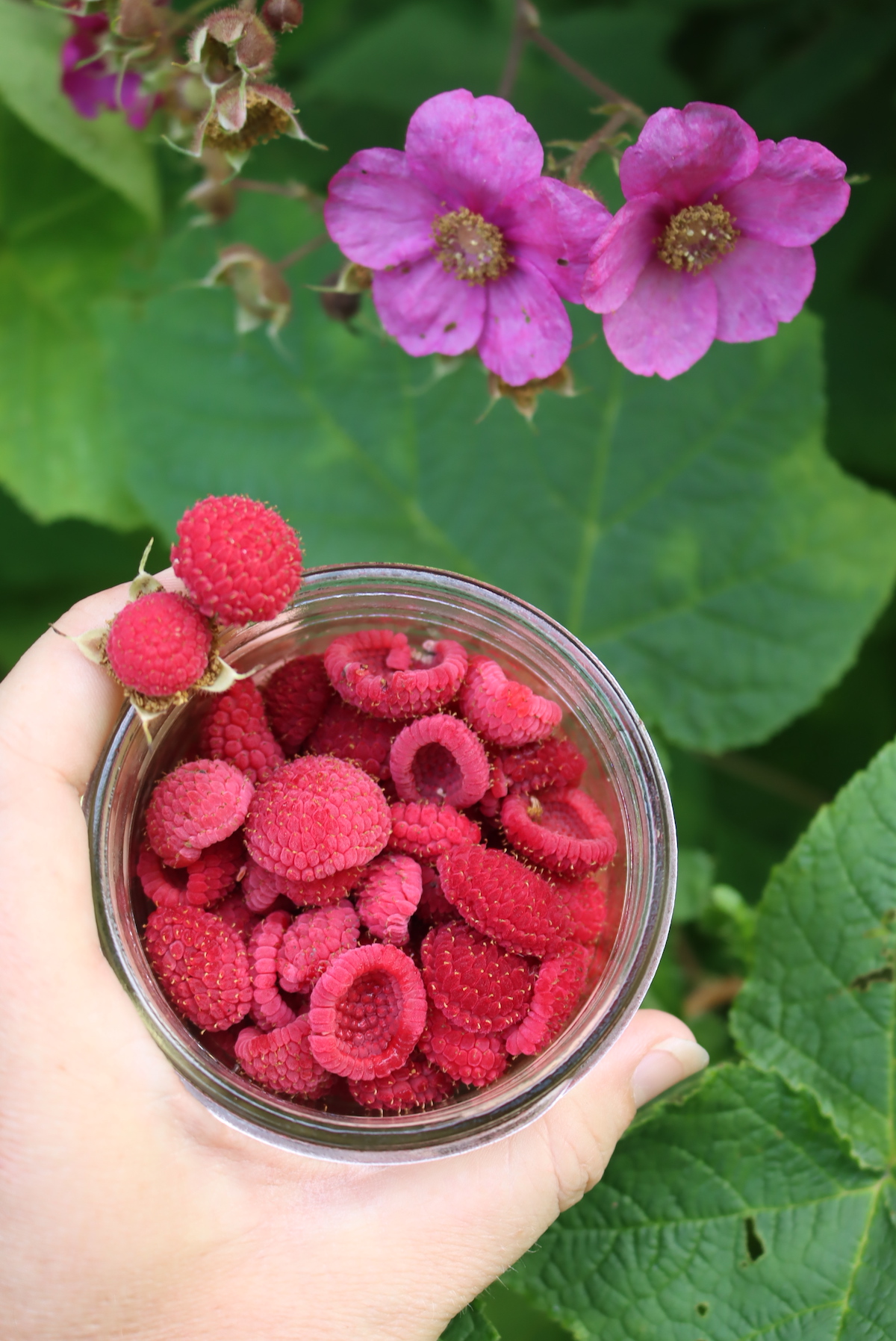
Wintergreen (teaberry)
Teaberries often called the American wintergreen, is a hardy berry that grows in USDA zones three to eight. It’s a berry I forage in the woods near my home; the berries are small and red with a minty flavor that is slightly addictive.
These plants are easy to propagate. Take a cutting and plant them into your garden’s soil in the spring. It takes a few years for the berry bushes to mature, but once they do, the plants will start to harvest in the fall when fully ripened.
When planting teaberry bushes, pick an area in your garden with well-draining, acidic soil. They need to be watered regularly to produce a large harvest.
Teaberries were used to make Teaberry chewing gum, starting around 1900. Historically, teaberries were used medicinally and flavored candies, teas, and more.
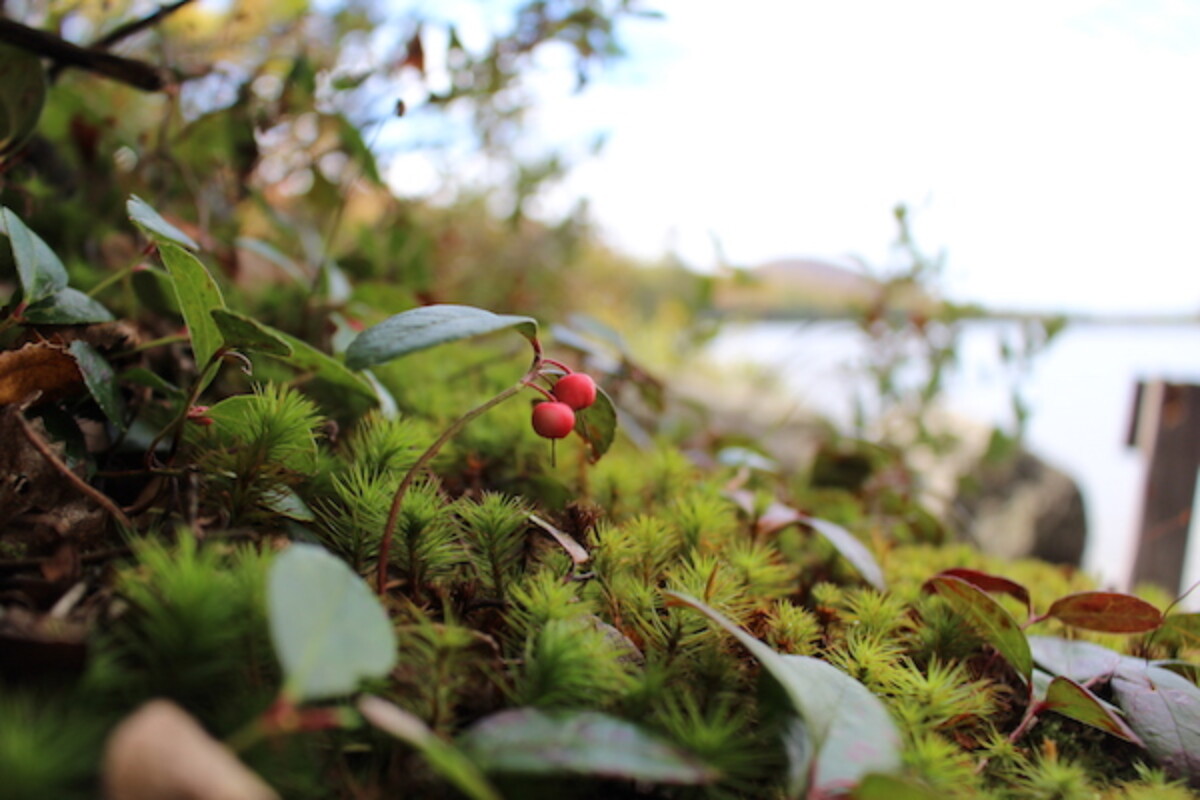
Permaculture Guides
Looking for more ways to cultivate “permanent agriculture” right in your own backyard? Permaculture might be a good fit!
- 50+ Unique Fruits & Nuts for Cold Climates (Zones 3 to 5)
- 30+ Perennial Vegetables
- How to Grow Honeyberries
- How to Grow Nanking Cherry
- How to Grow Shipova
- How to Grow Salmonberry
- How to Grow Lingonberry
- How to Grow Hardy Kiwi (Hardy to -40 F)
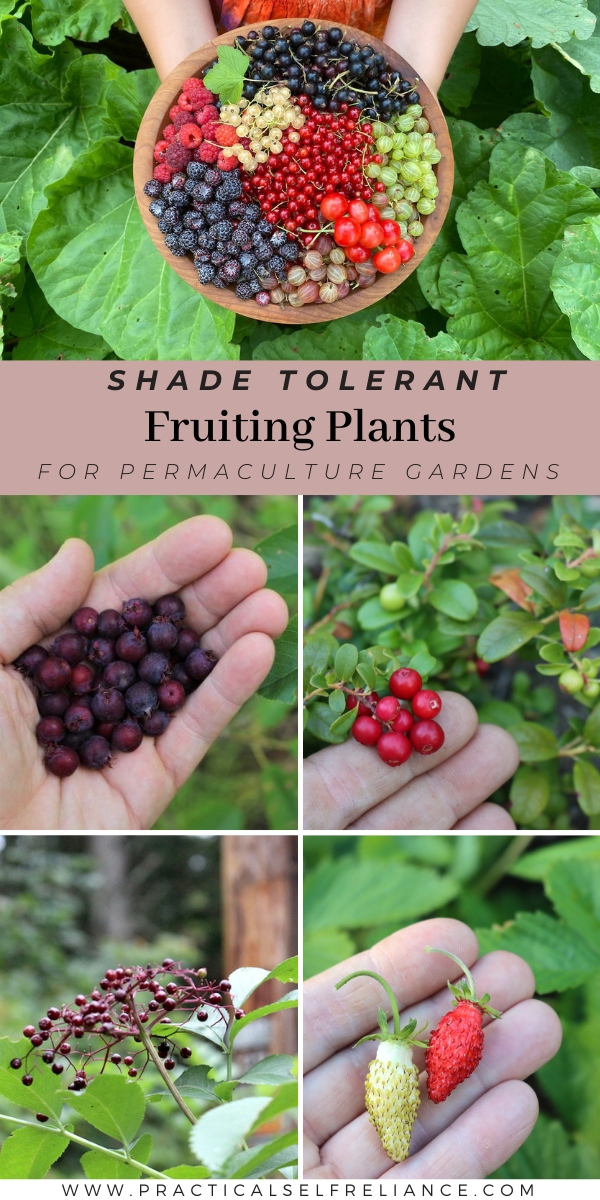
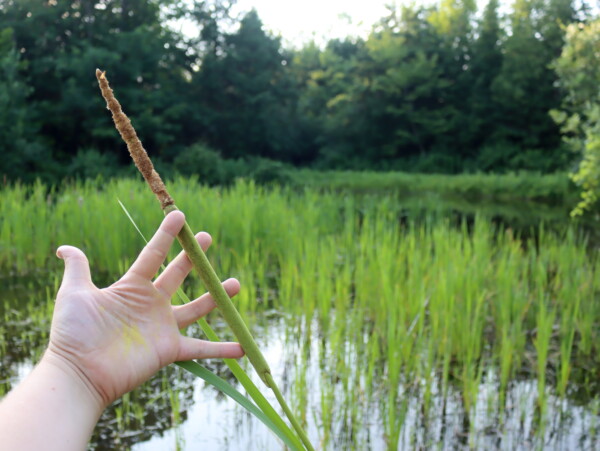
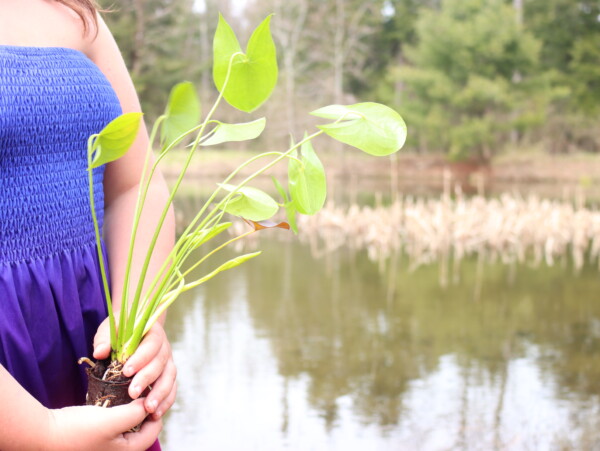
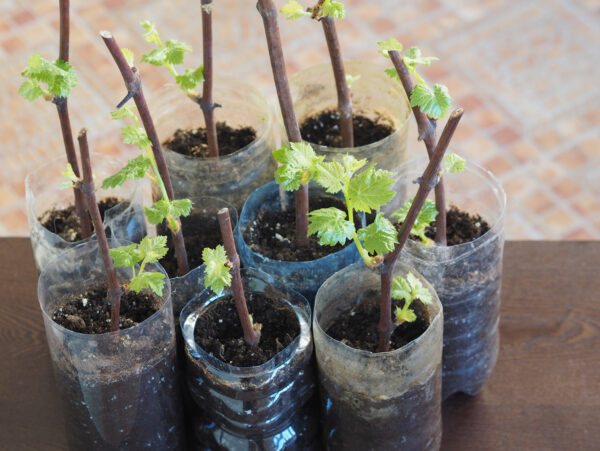
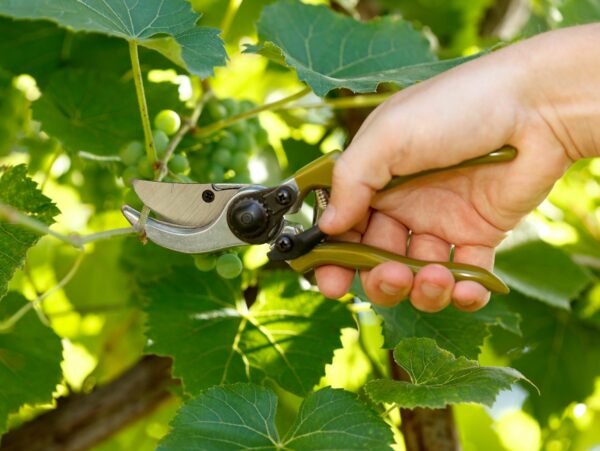










What about mayapple?
Yes, that’s a good one too.
You grow figs on your Zone 4 homestead? I had read that even the hardiest varieties only extended to Zone 6. What variety do you grow?
If your temperatures get colder than 10 degrees fahrenheit for periods of time, you want to find a hardy variety and you may need some additional winter protection as well.
This is a lovely list. However, please do not plant hardy kiwi. It is extremely invasive and is spreading rapidly in the northeast. It crowds out and smothers native vegetation and reduces biodiversity. There are other, native fruits that would be better to plant. If you have already planted it, consider taking it out since the fruit is eaten by a number of different animals that spread the seeds to areas where you will not be able to control it.
https://www.northeastipm.org/ipm-in-action/publications/invasive-hardy-kiwi/
https://www.massaudubon.org/nature-wildlife/invasive-plants-in-massachusetts/hardy-kiwi
https://www.wnyprism.org/invasive_species/hardy-kiwi/
Thank you for sharing.
I’m surprised to see plums and pears on this list — I’ve always heard that they require full sun. How many hours of sunlight do yours get?
Pears and plums do well with 6 hours of sunlight as opposed to the full day of direct sun which is needed by many other fruits trees.